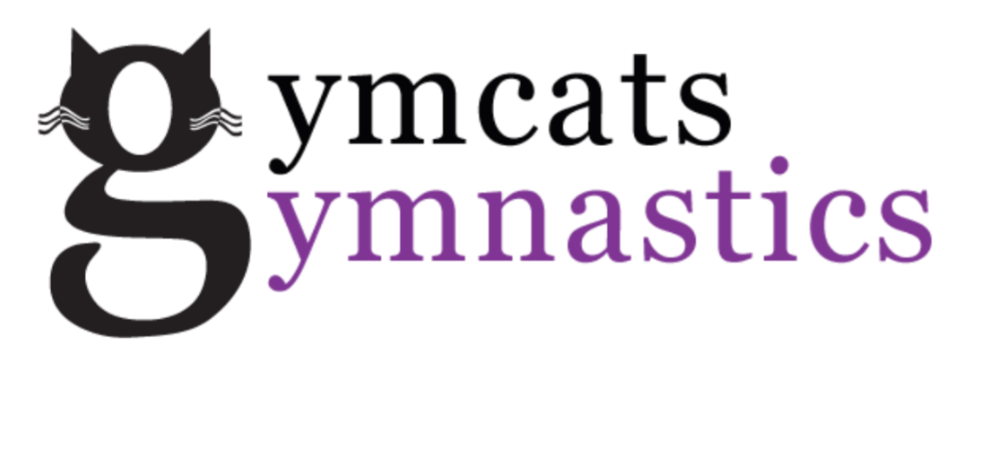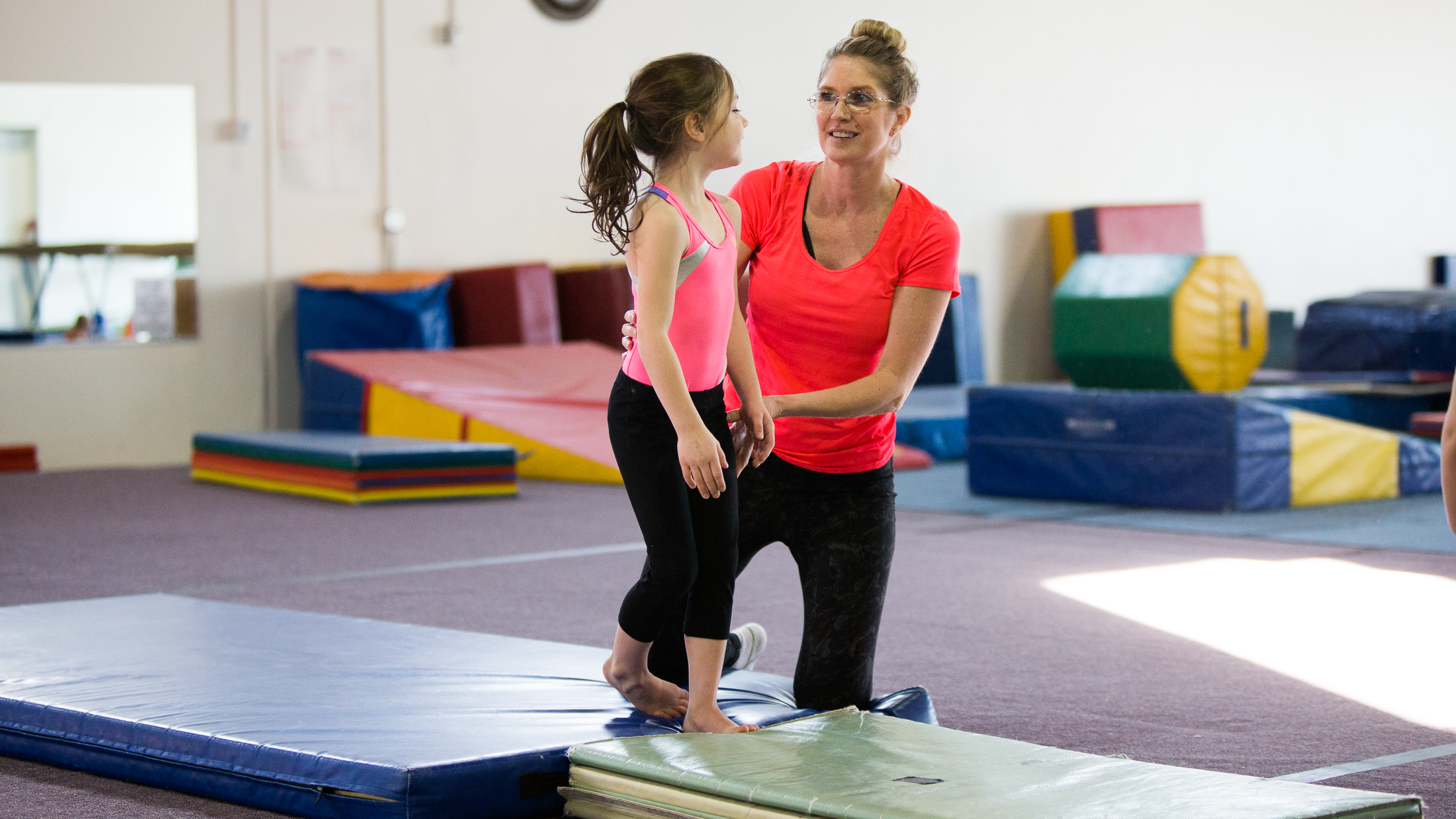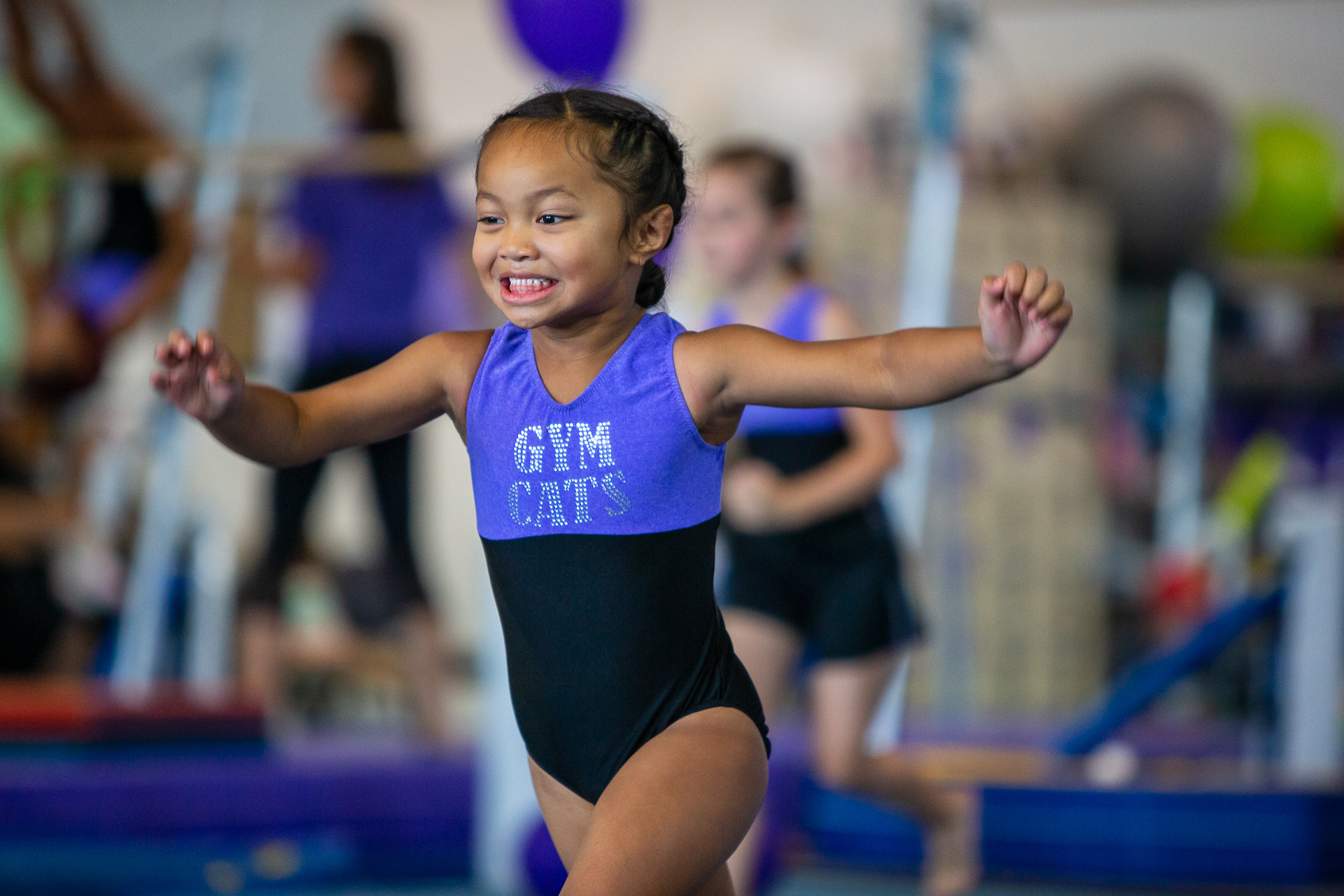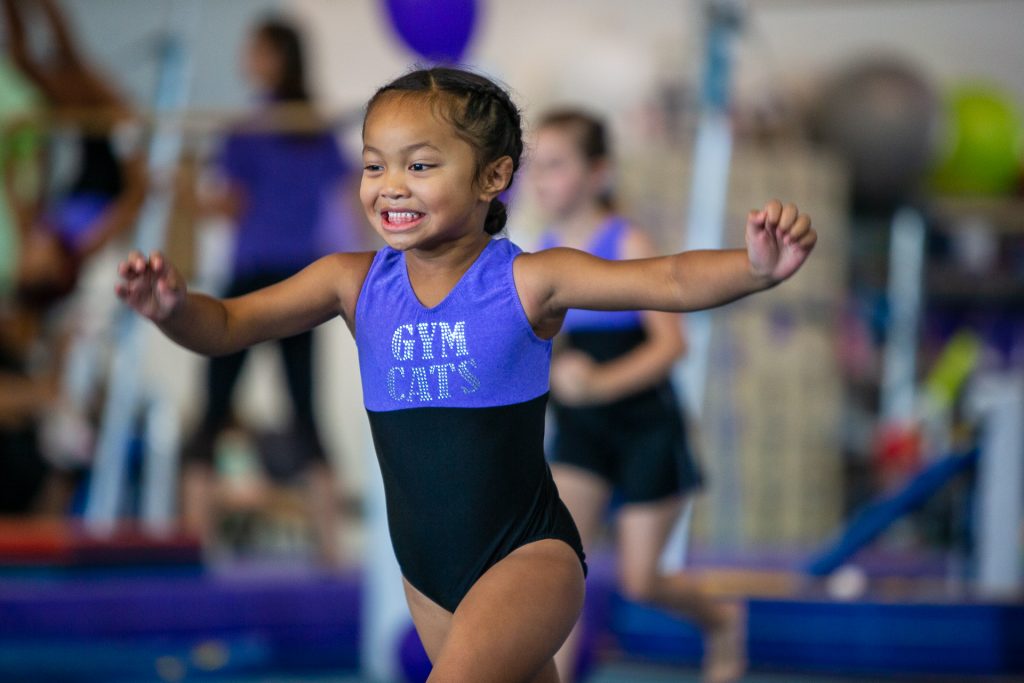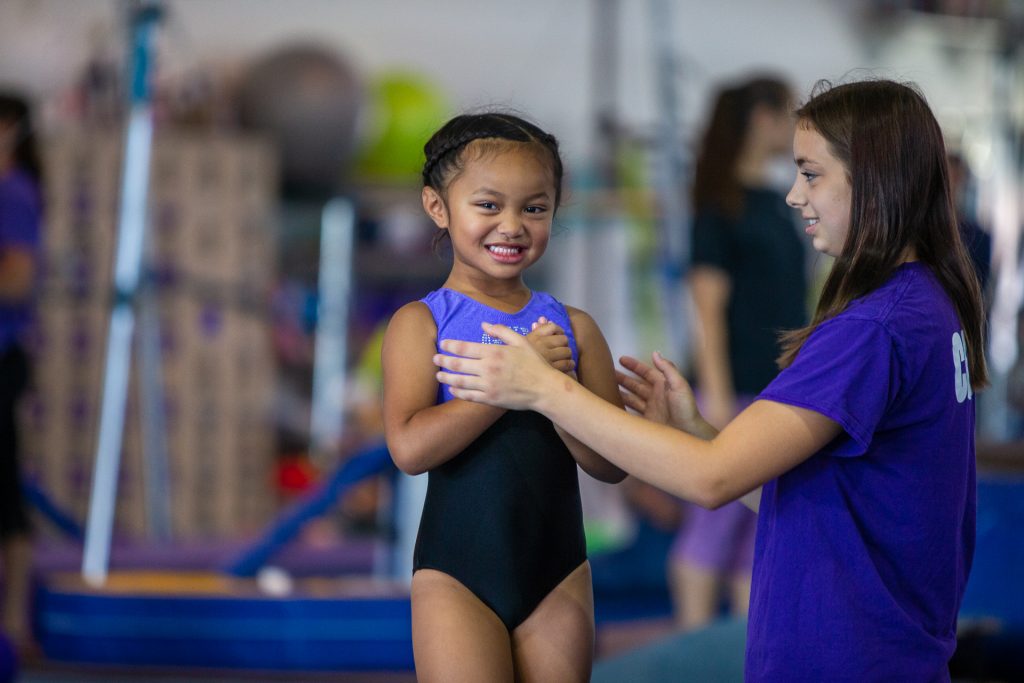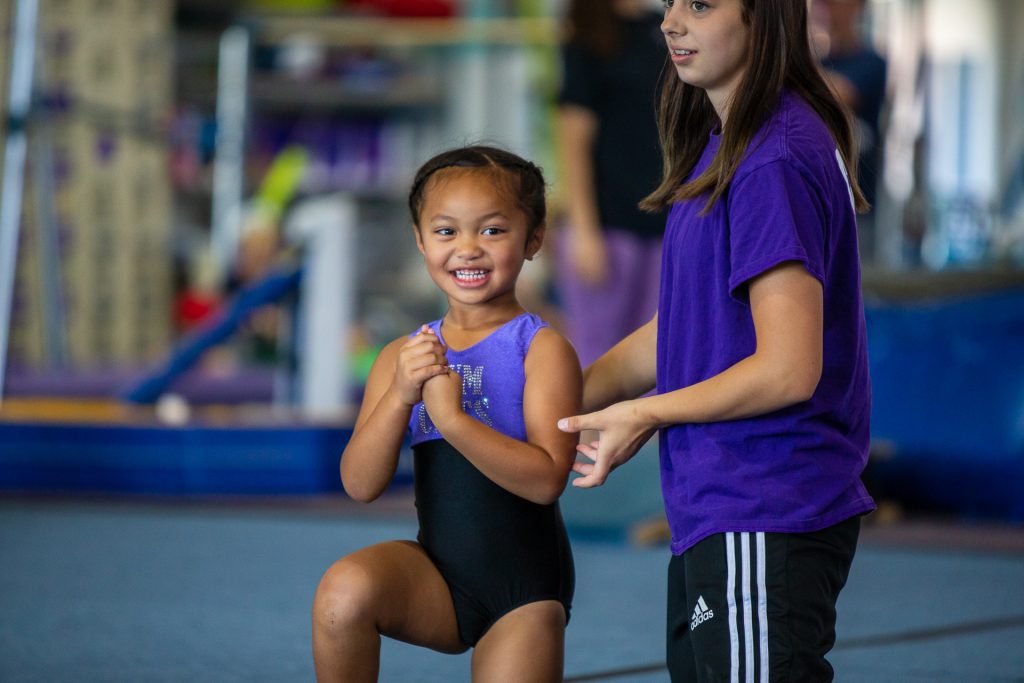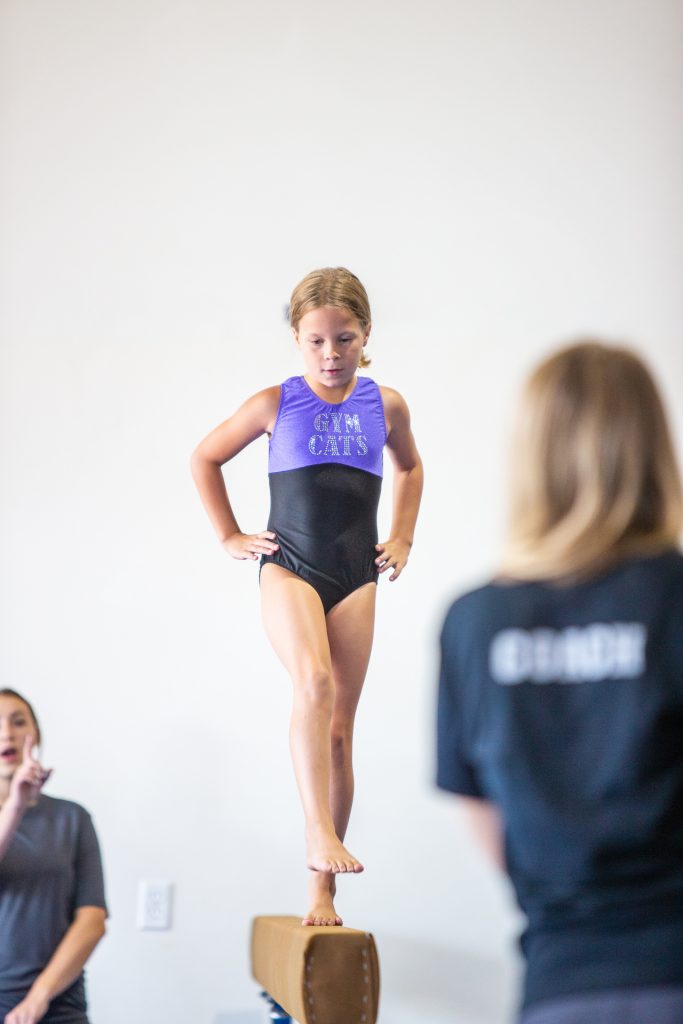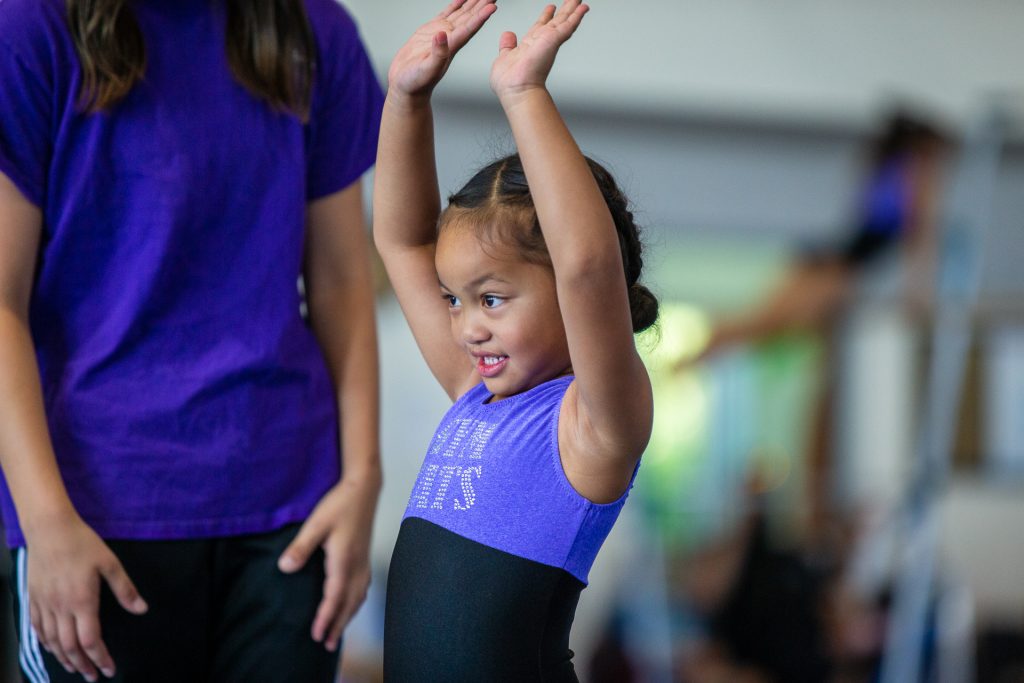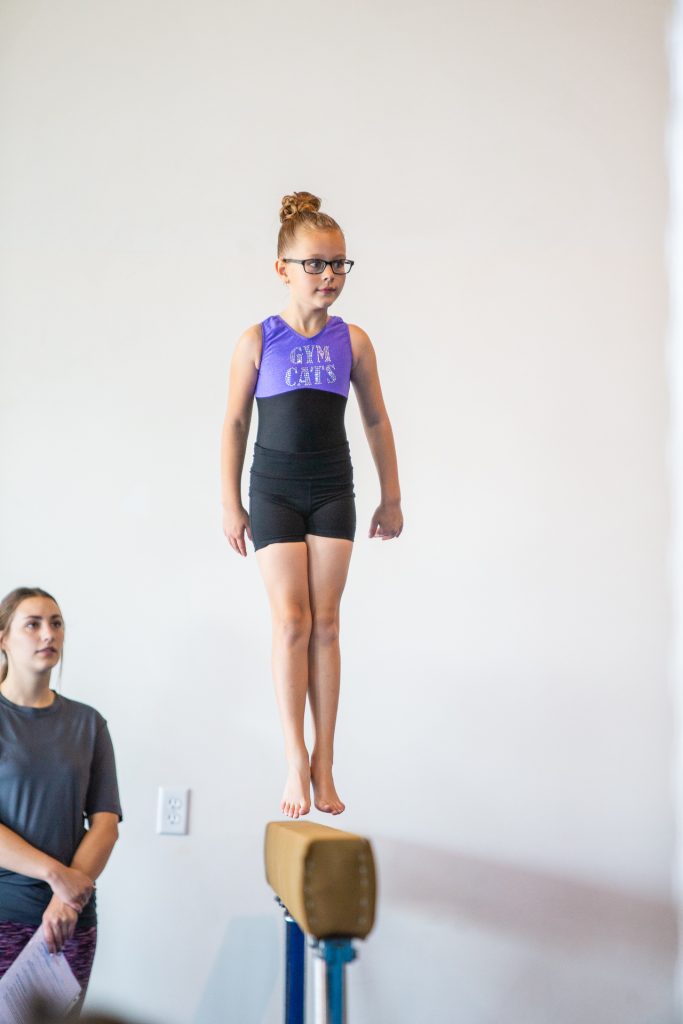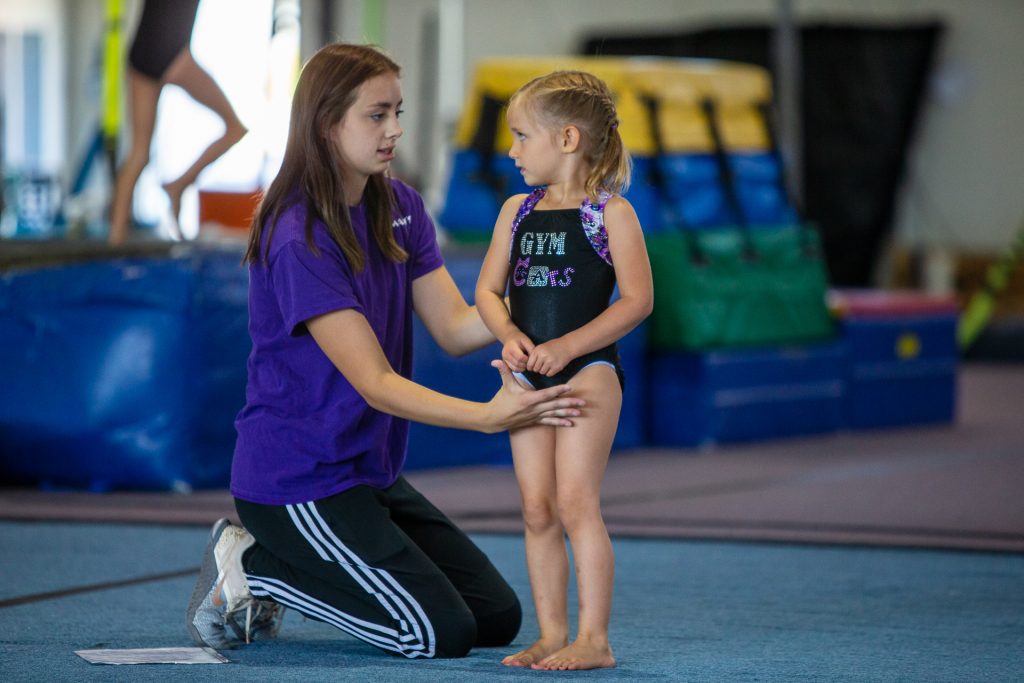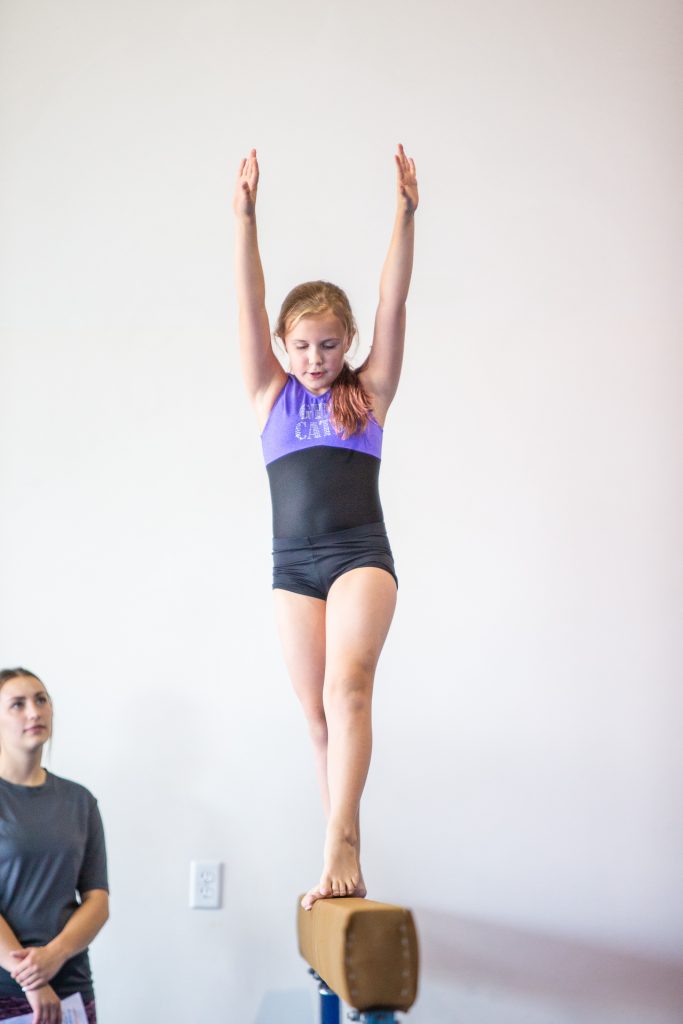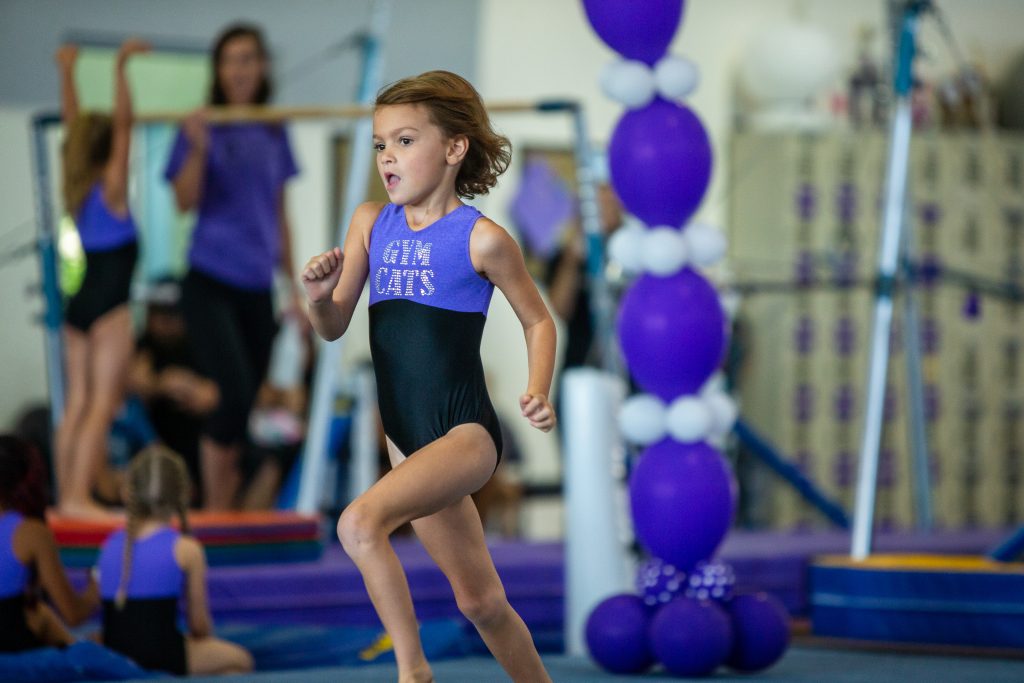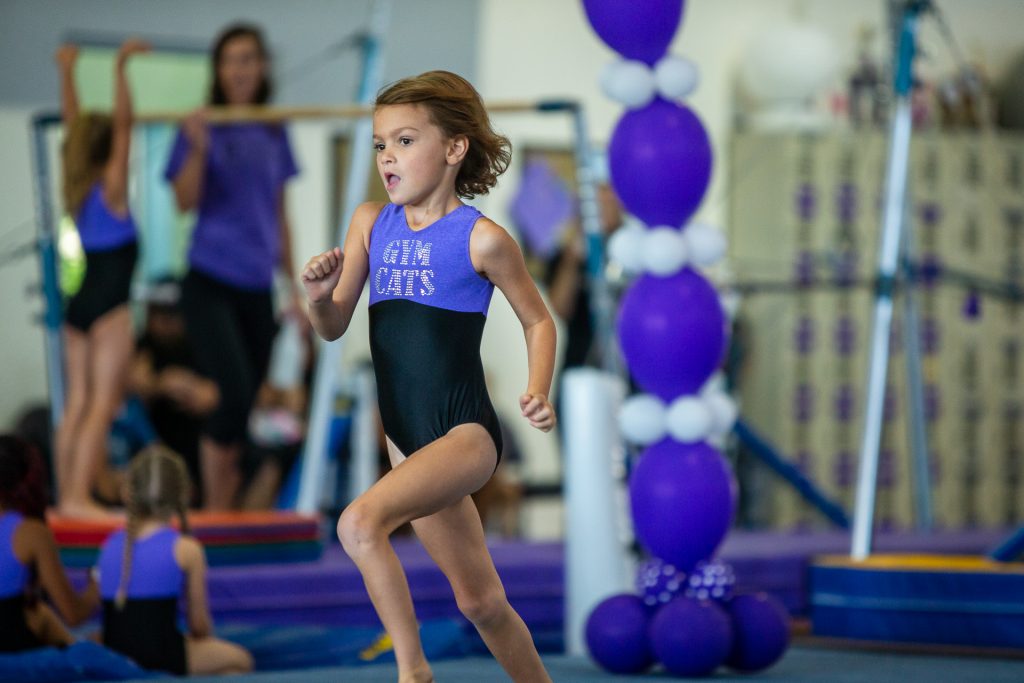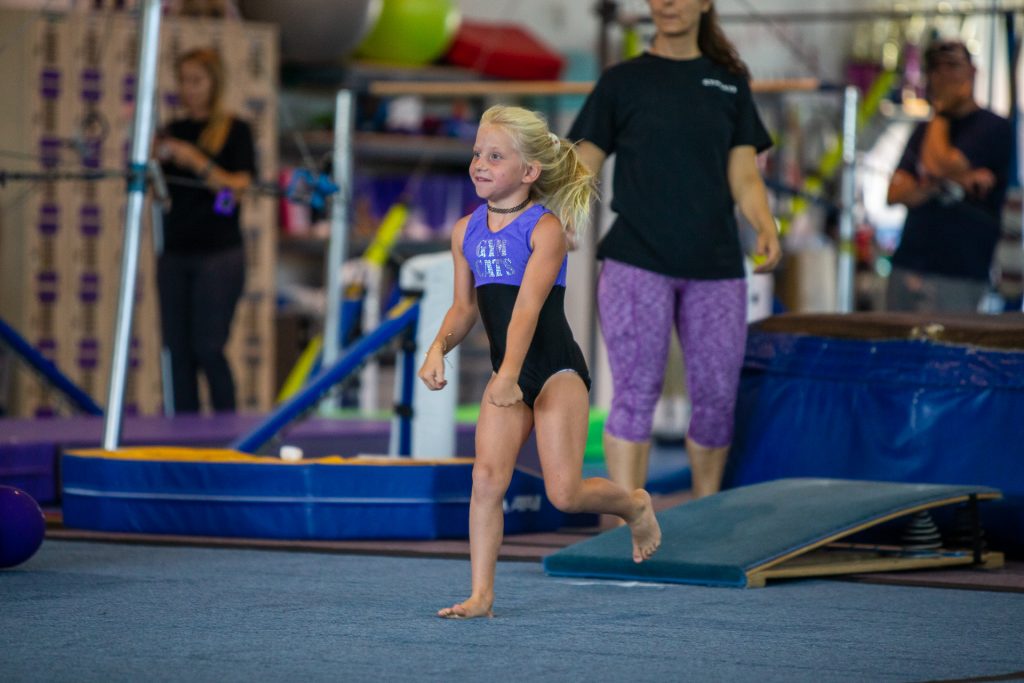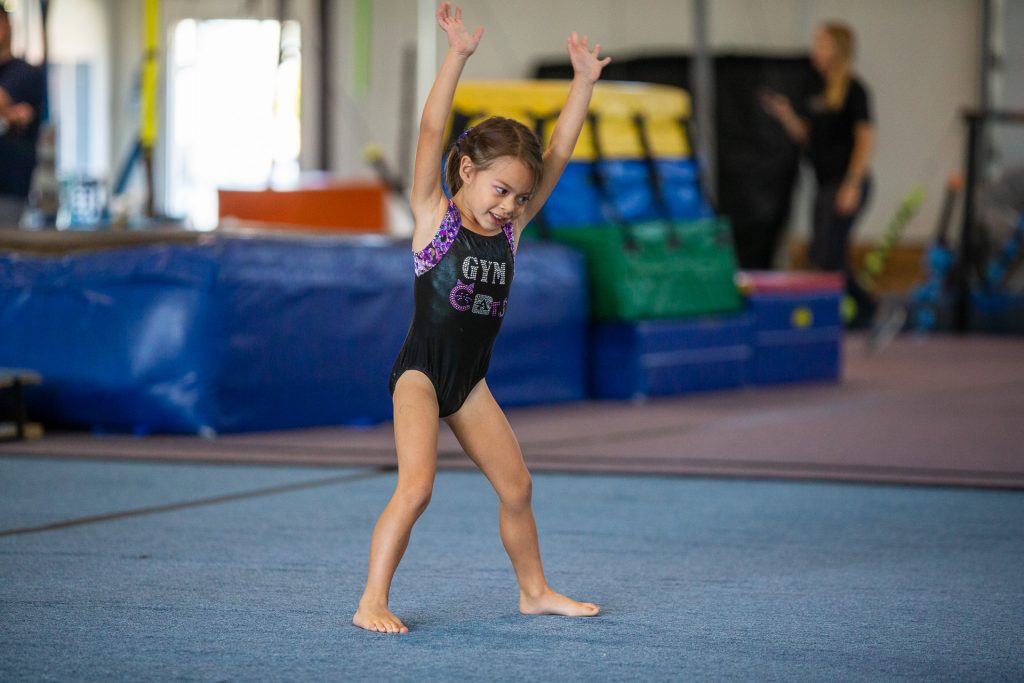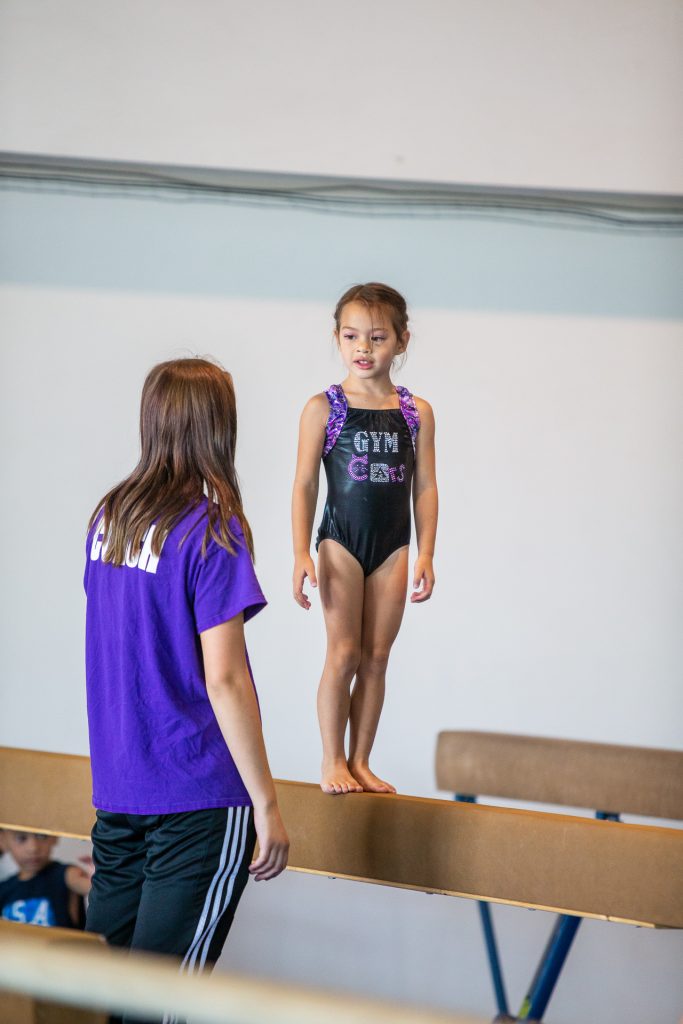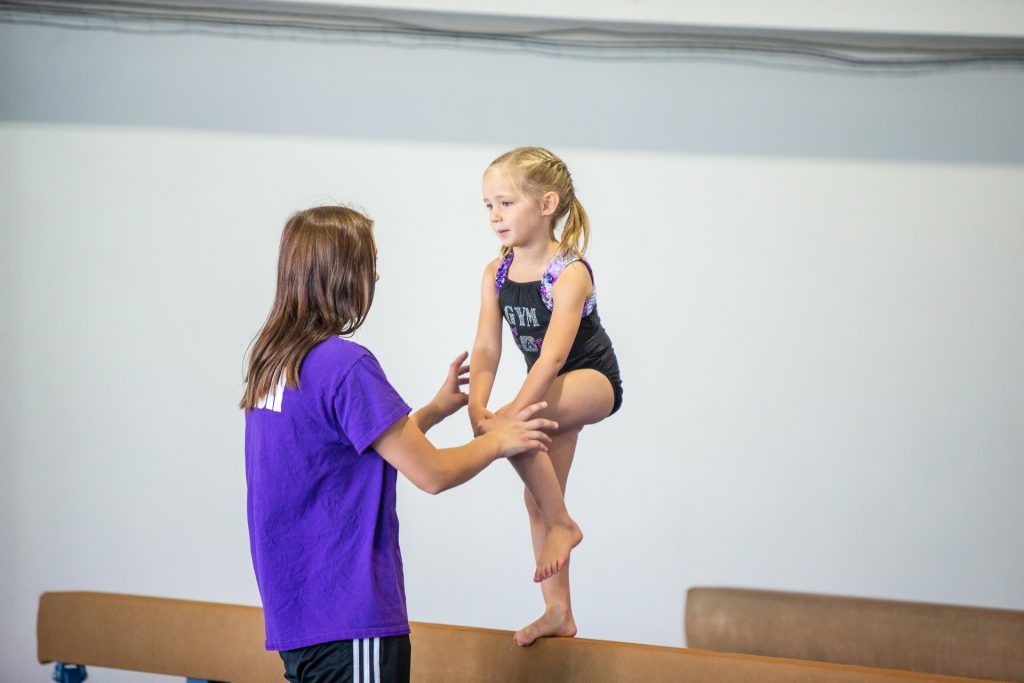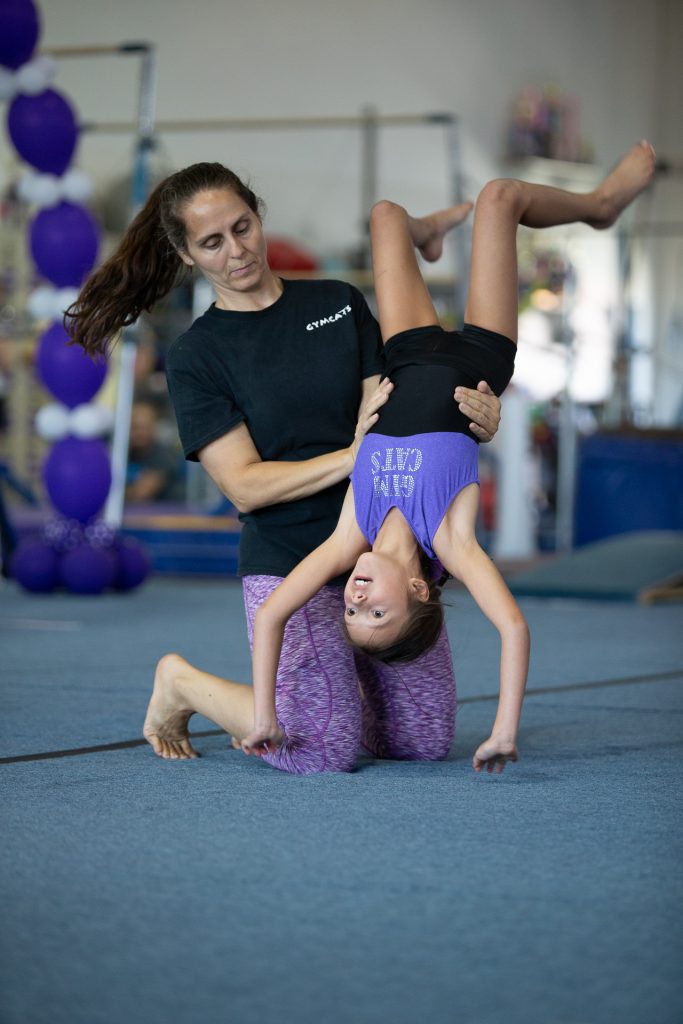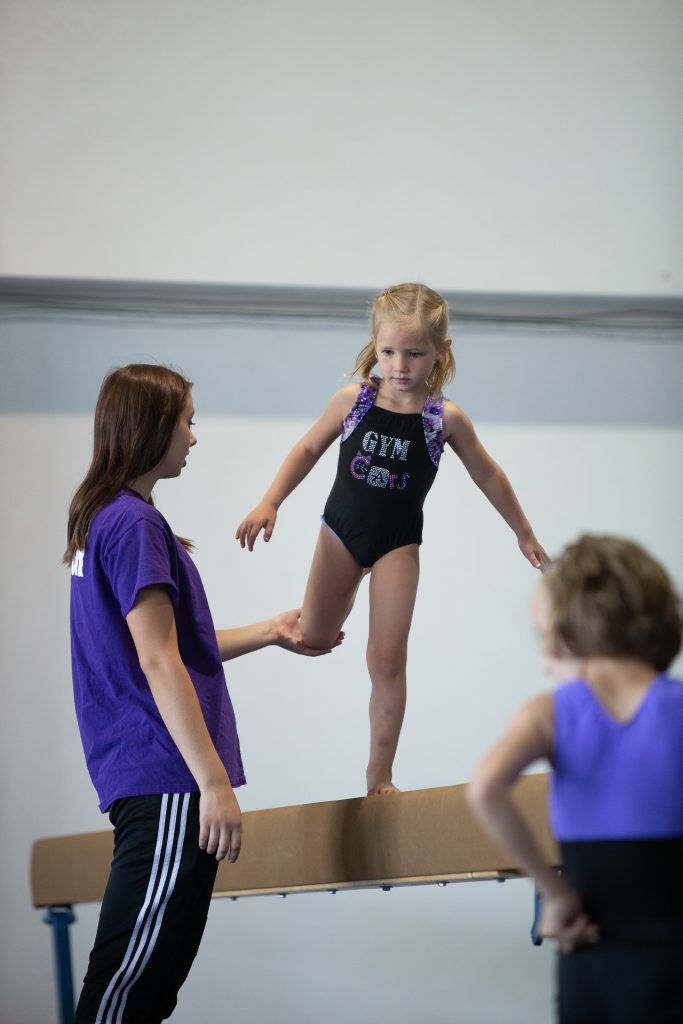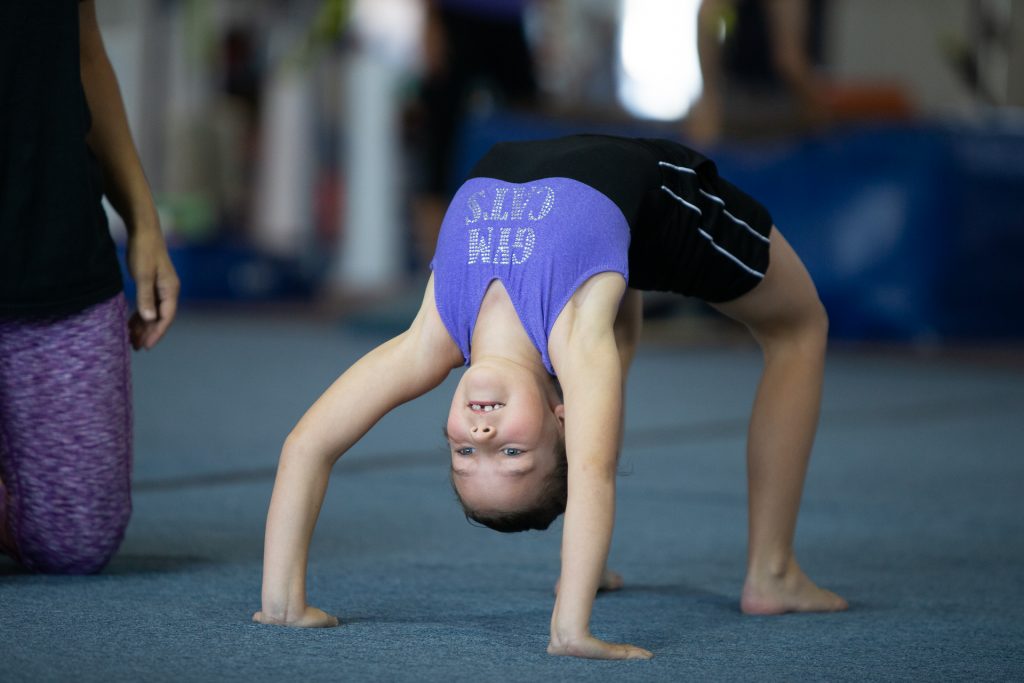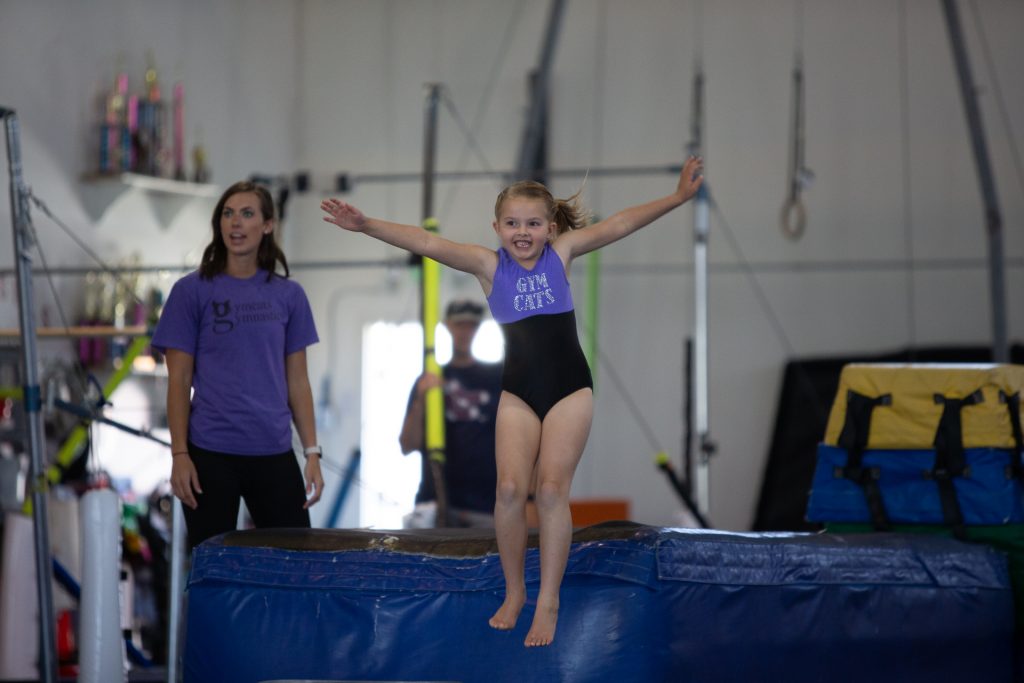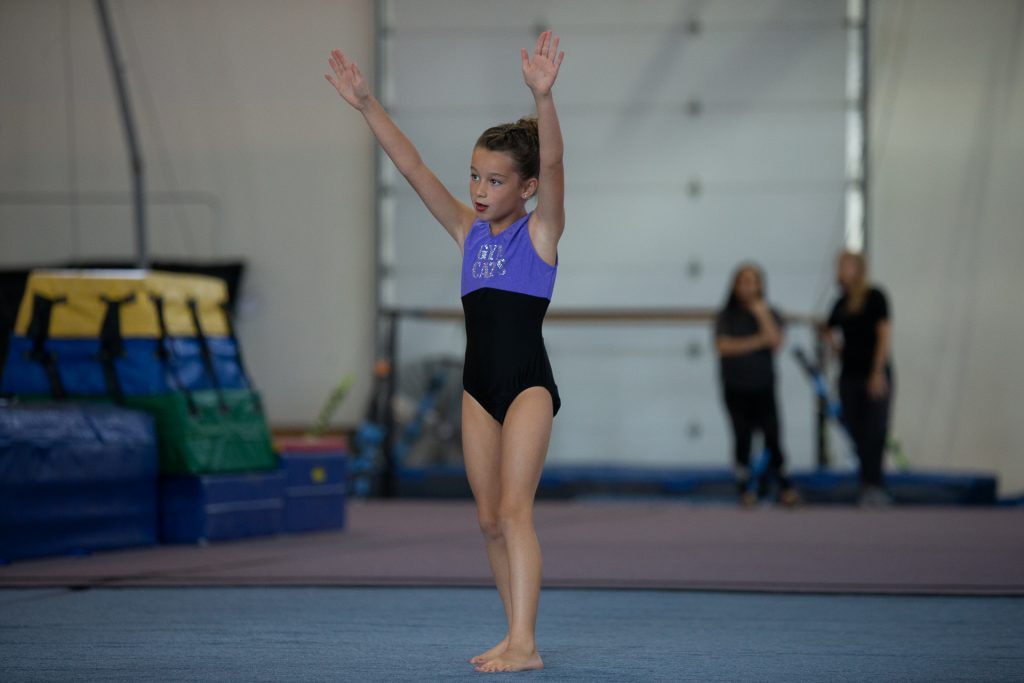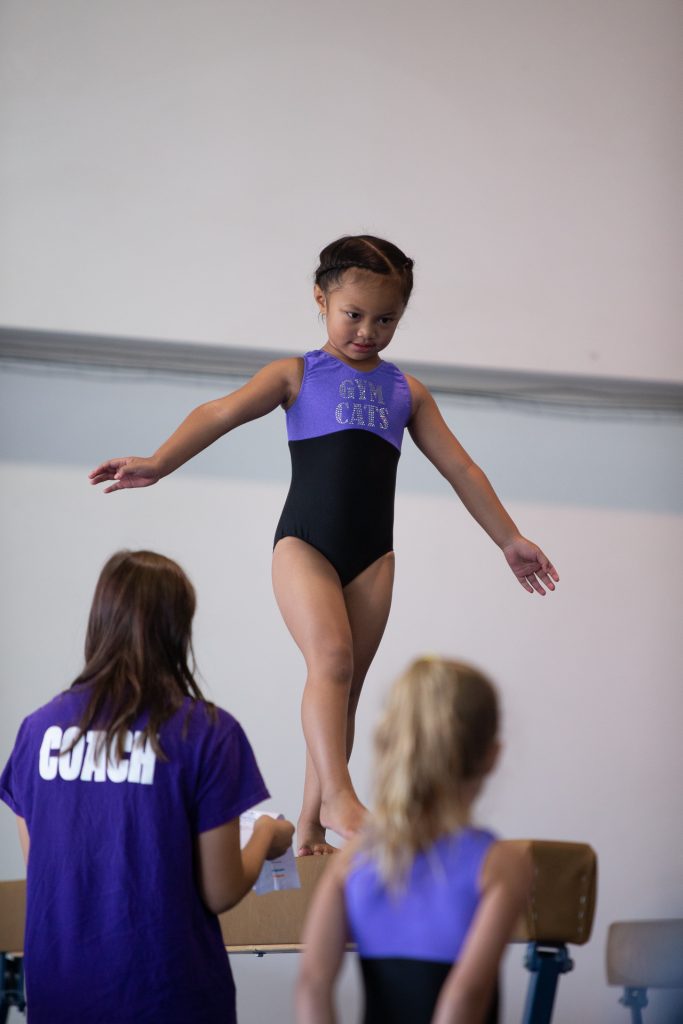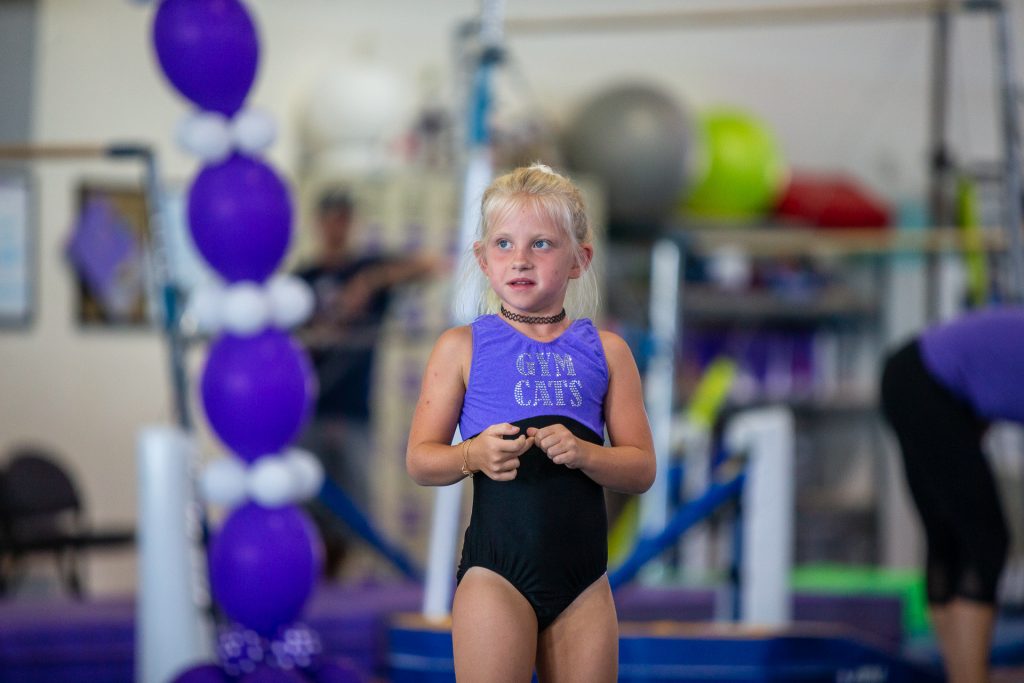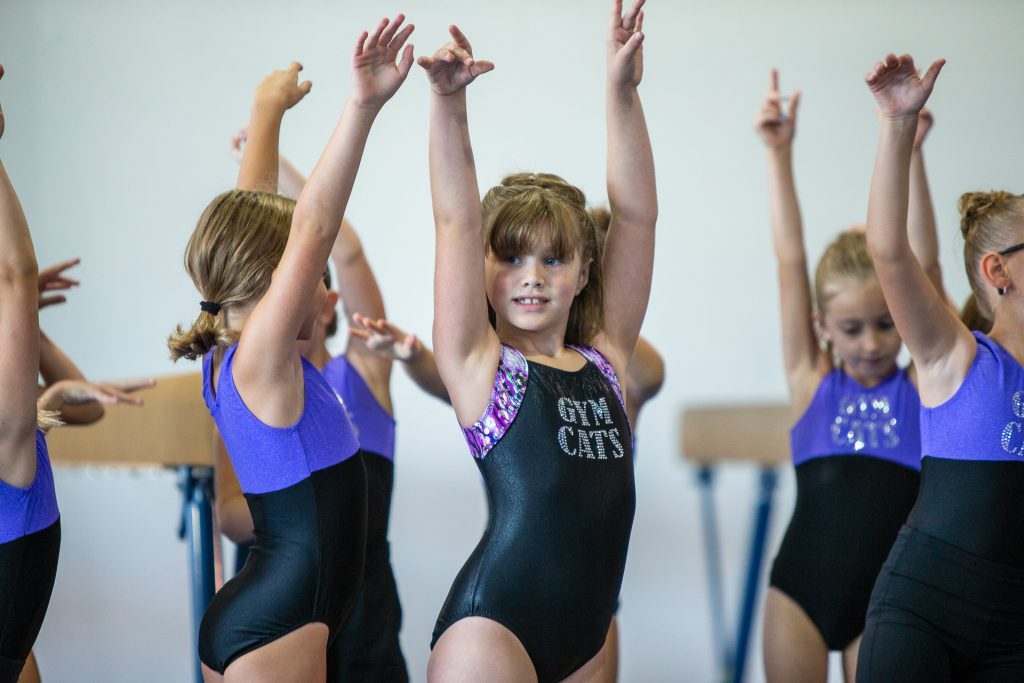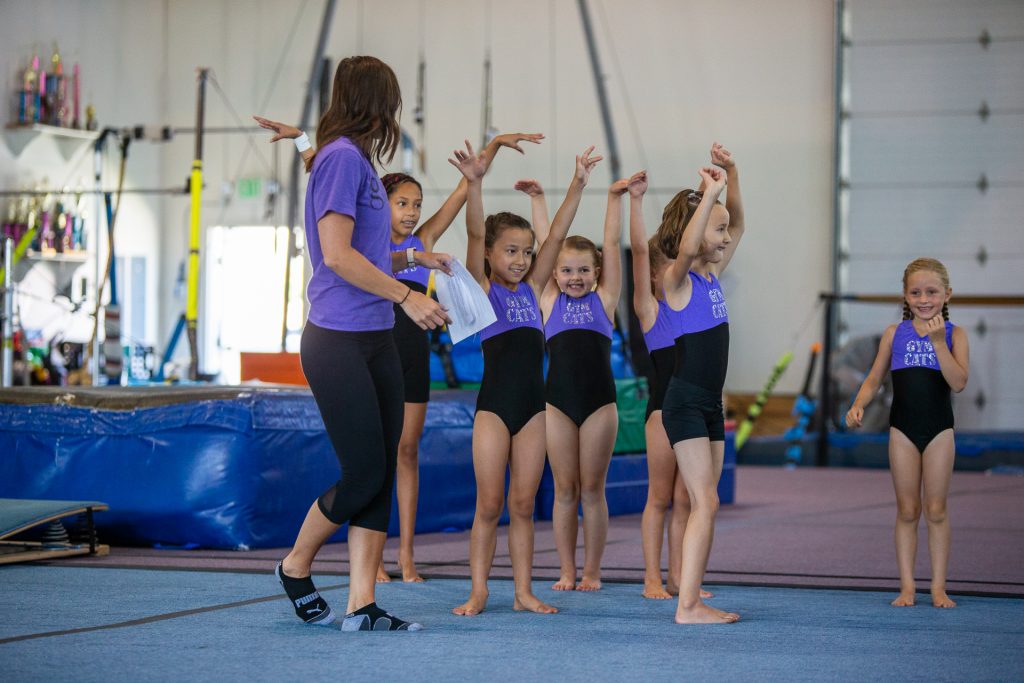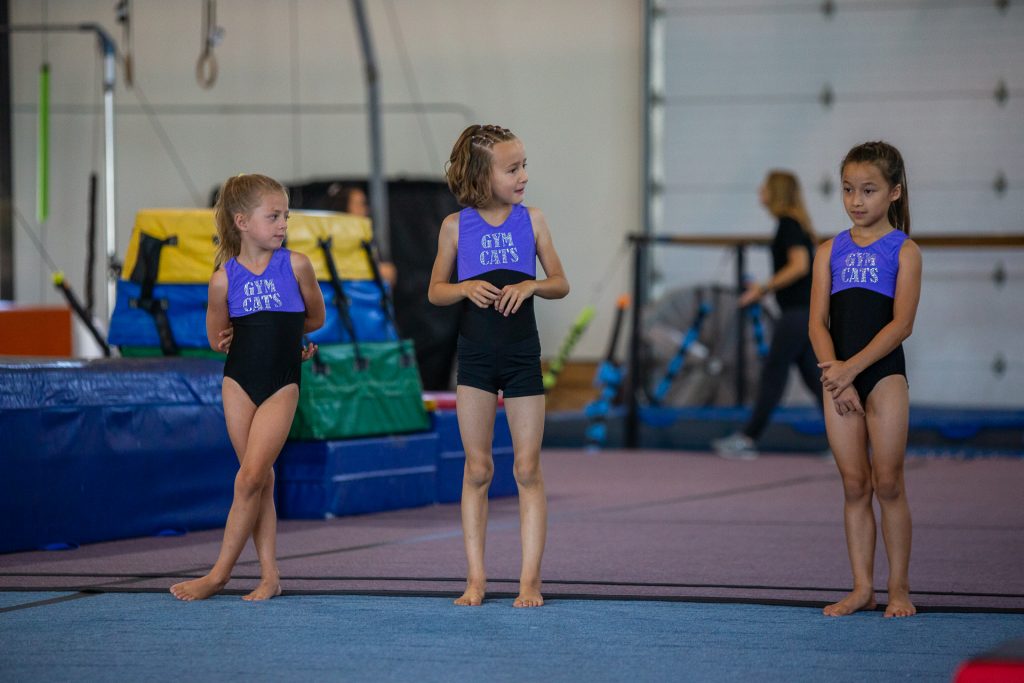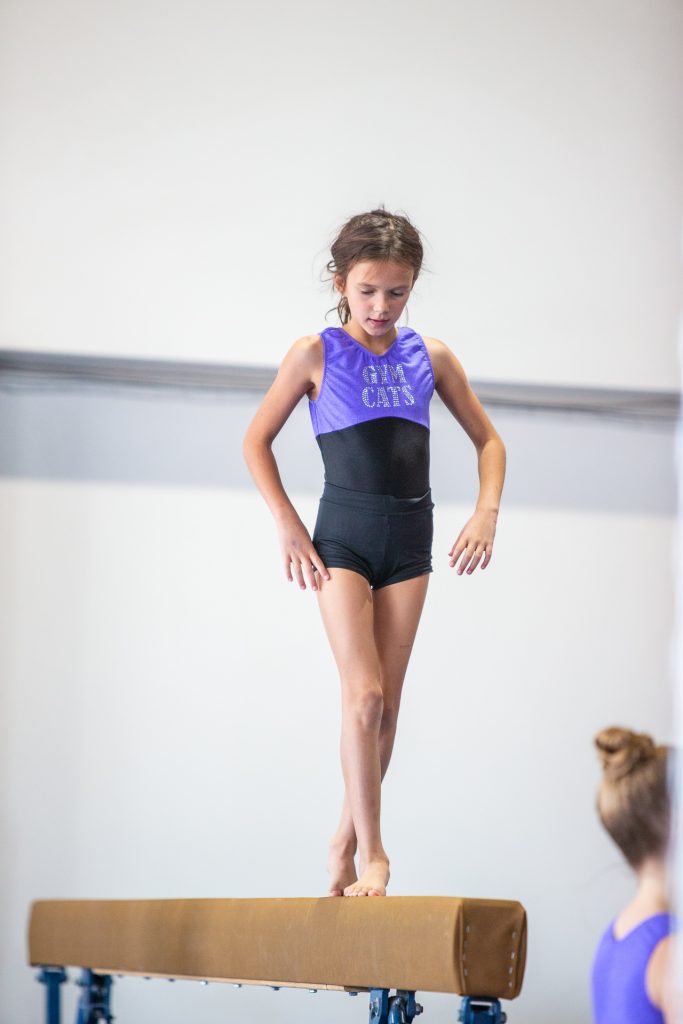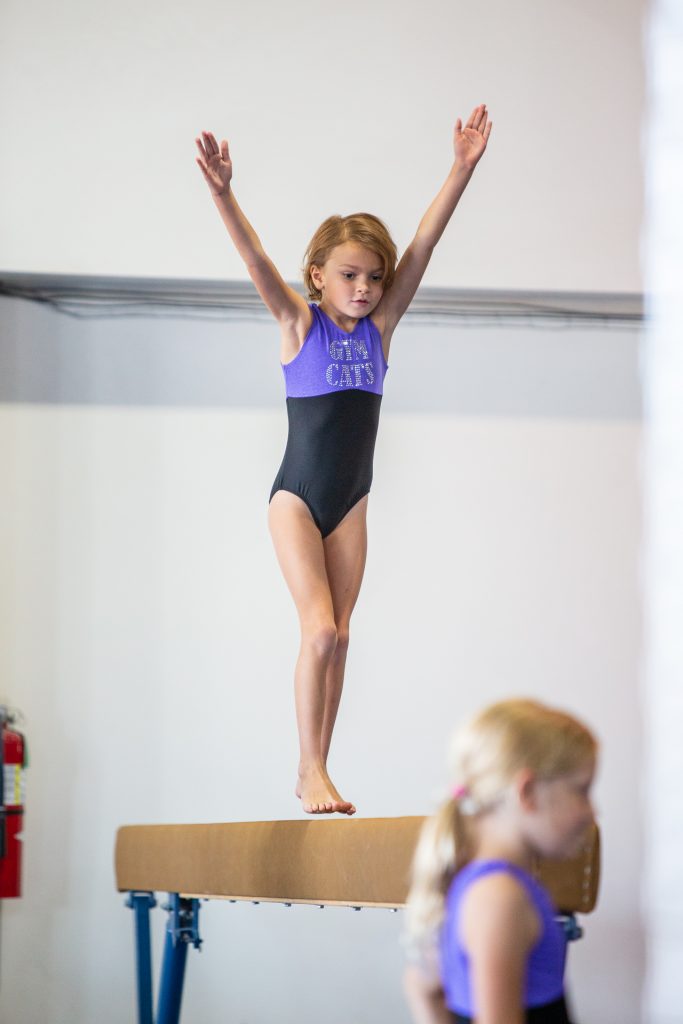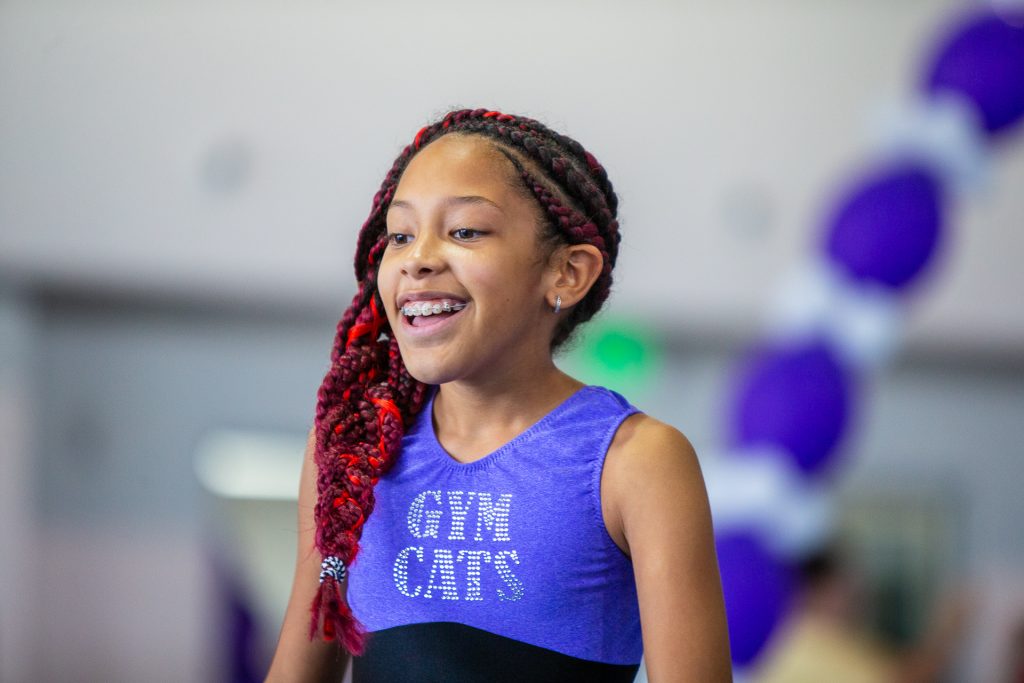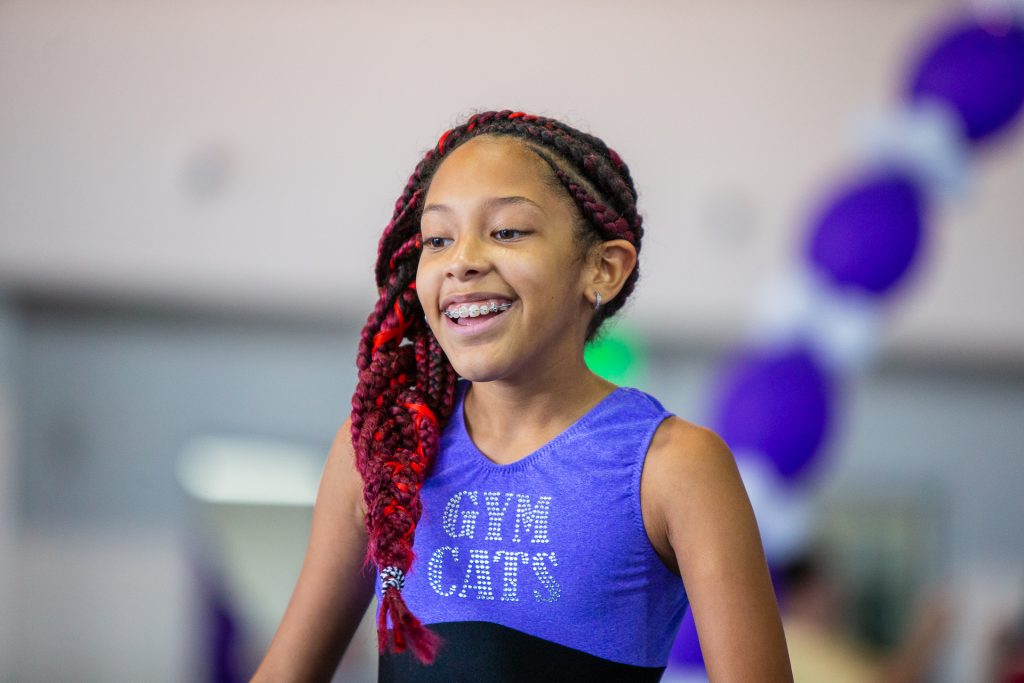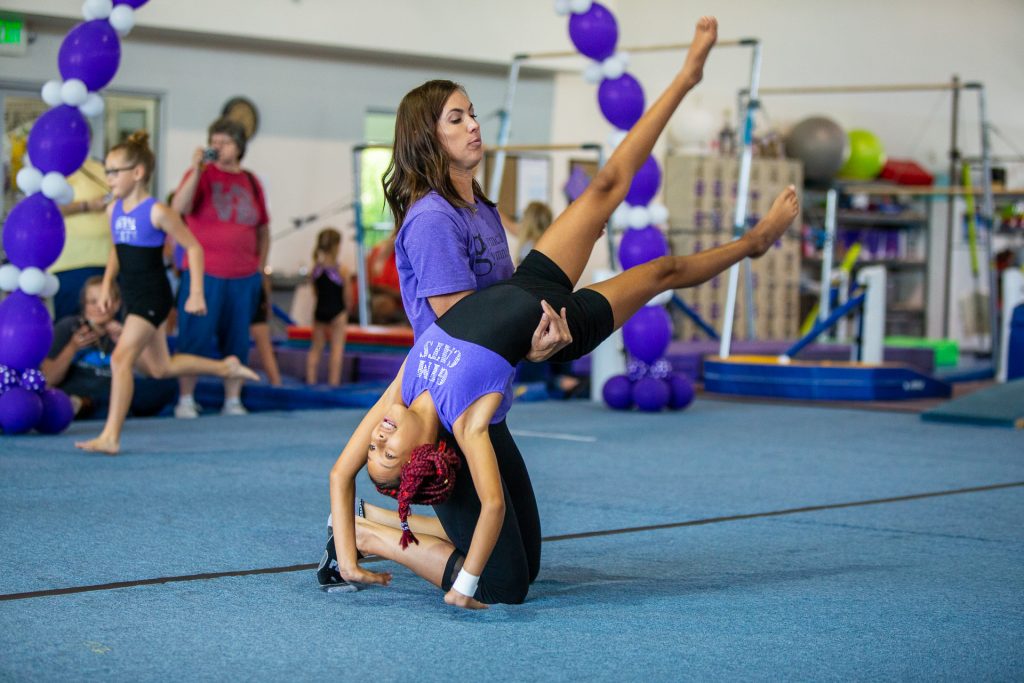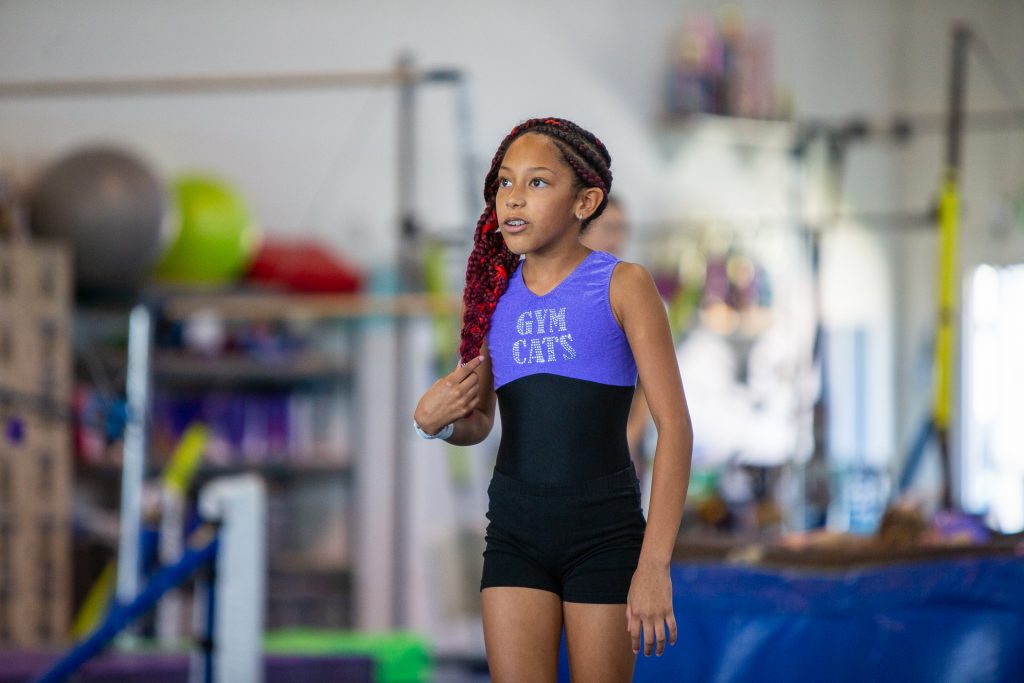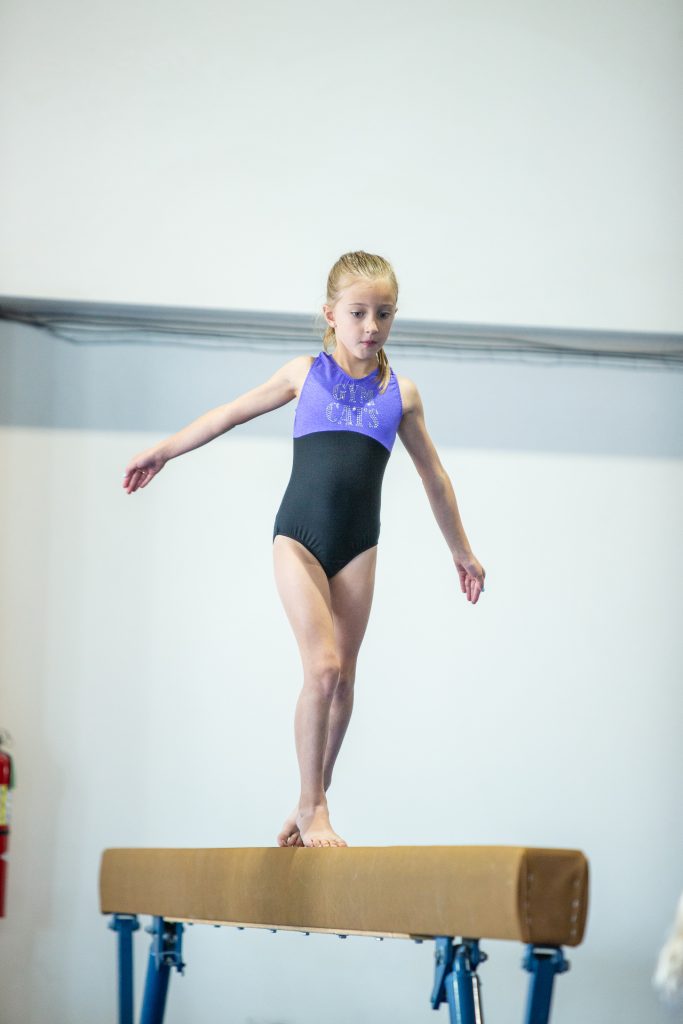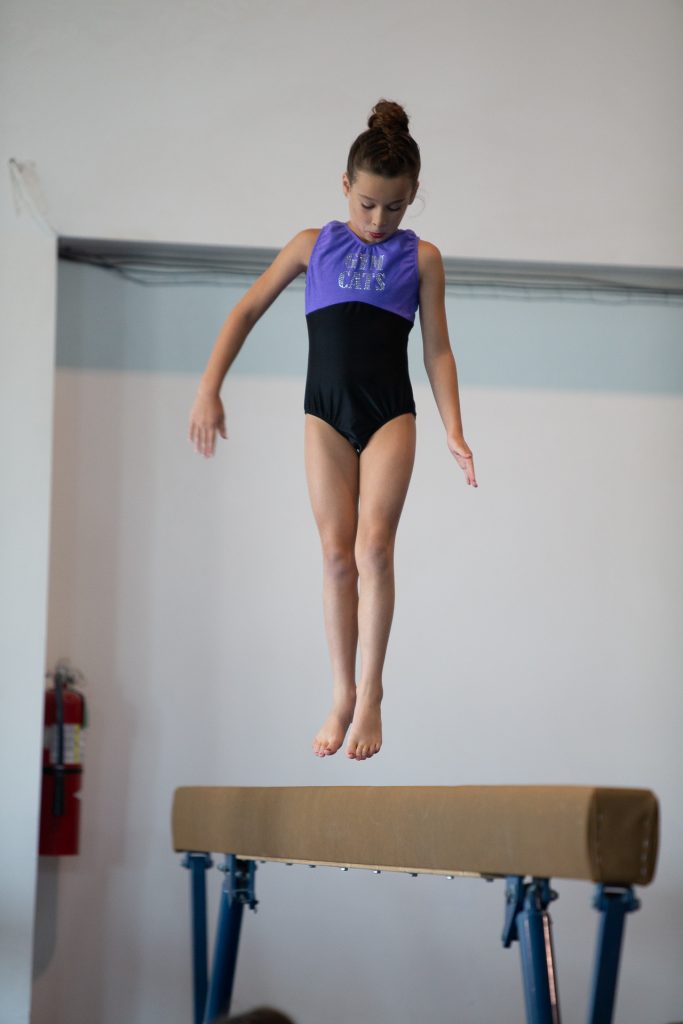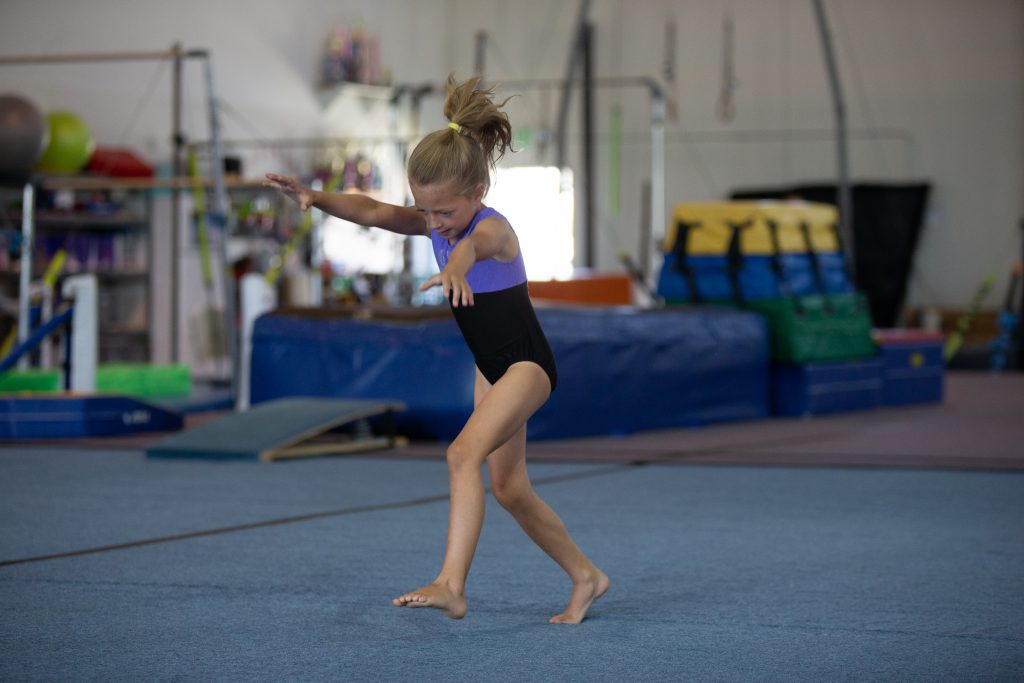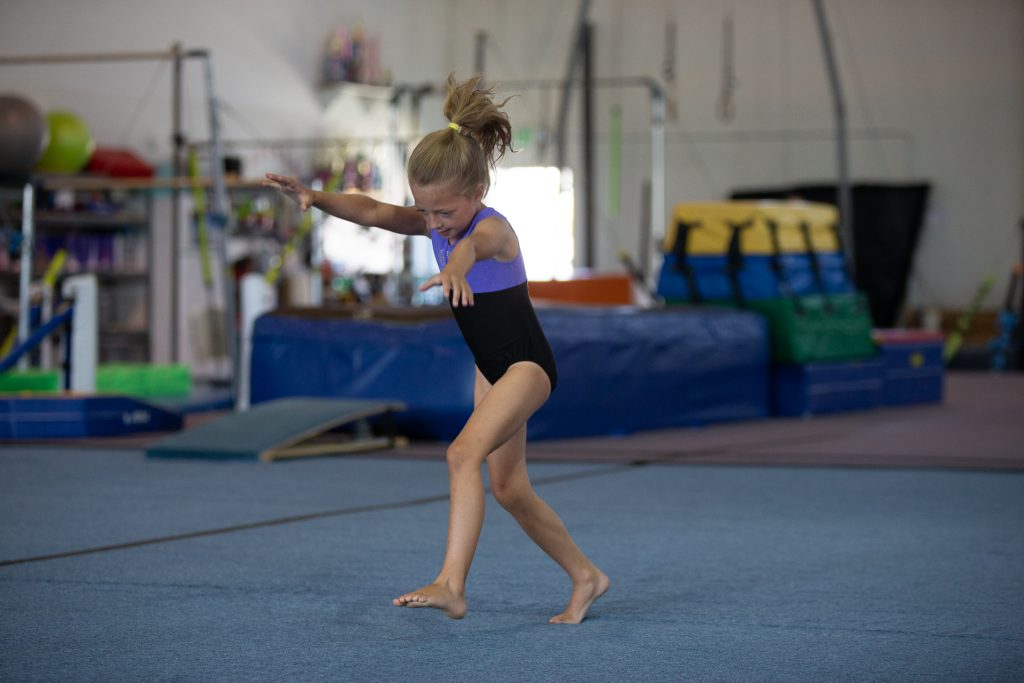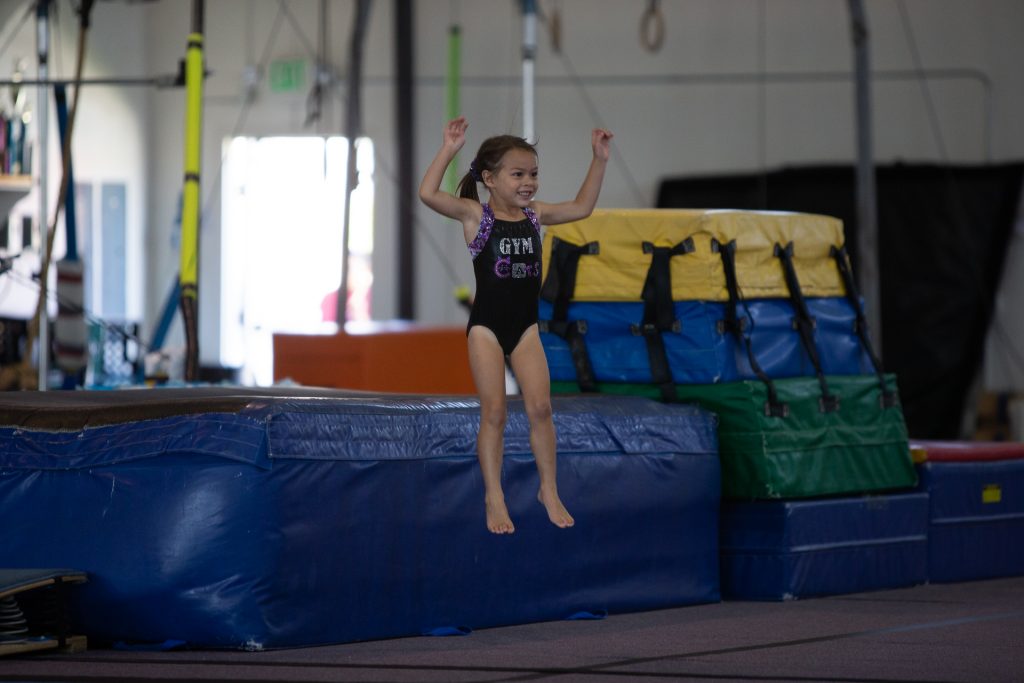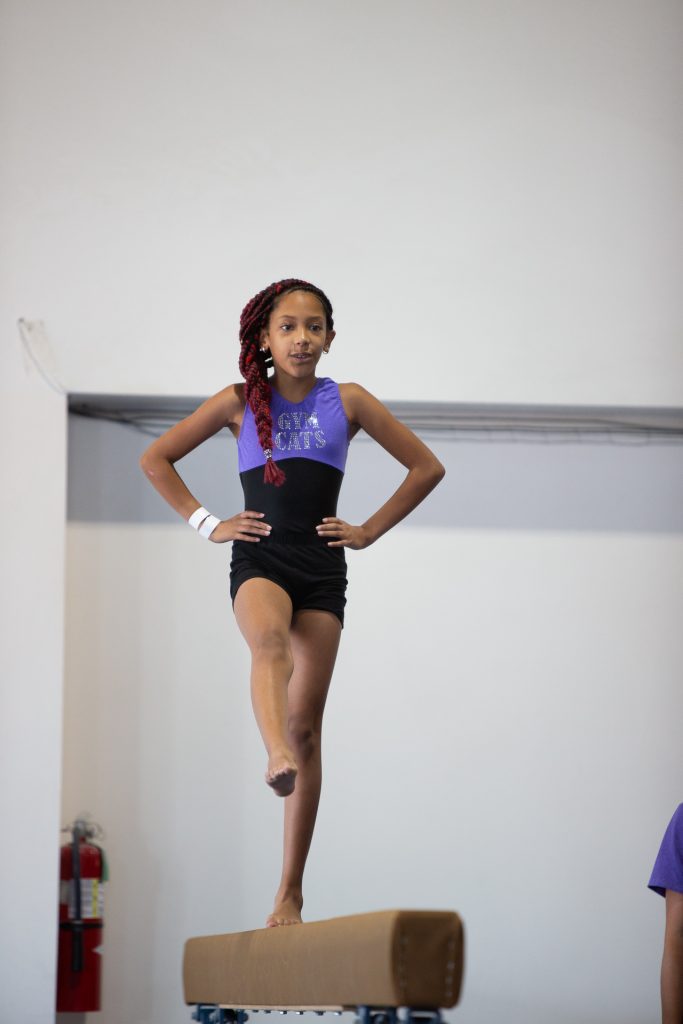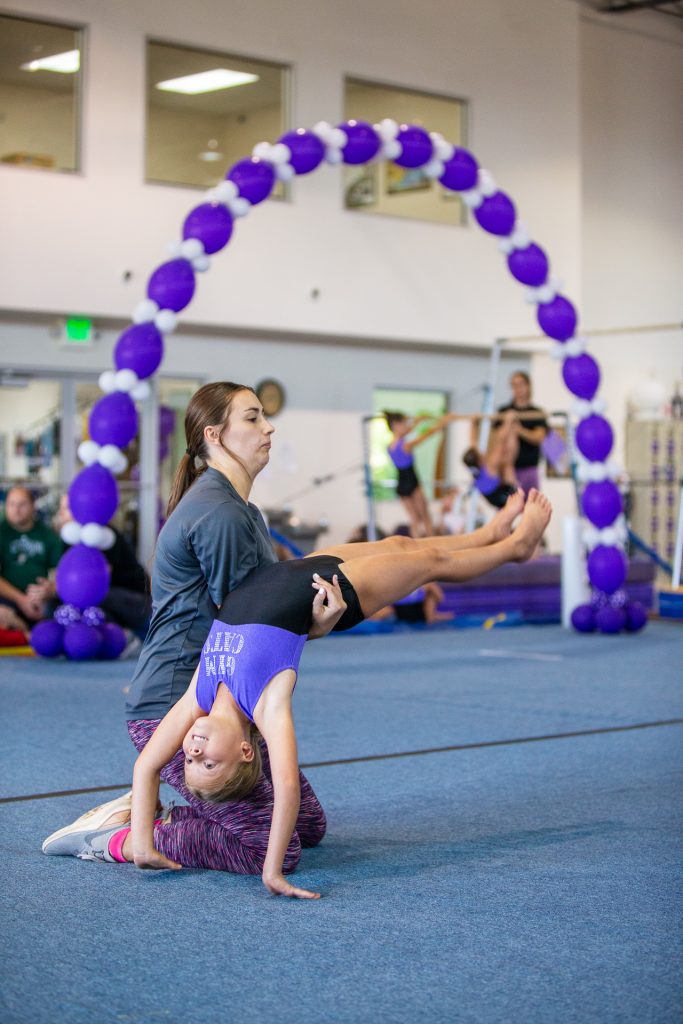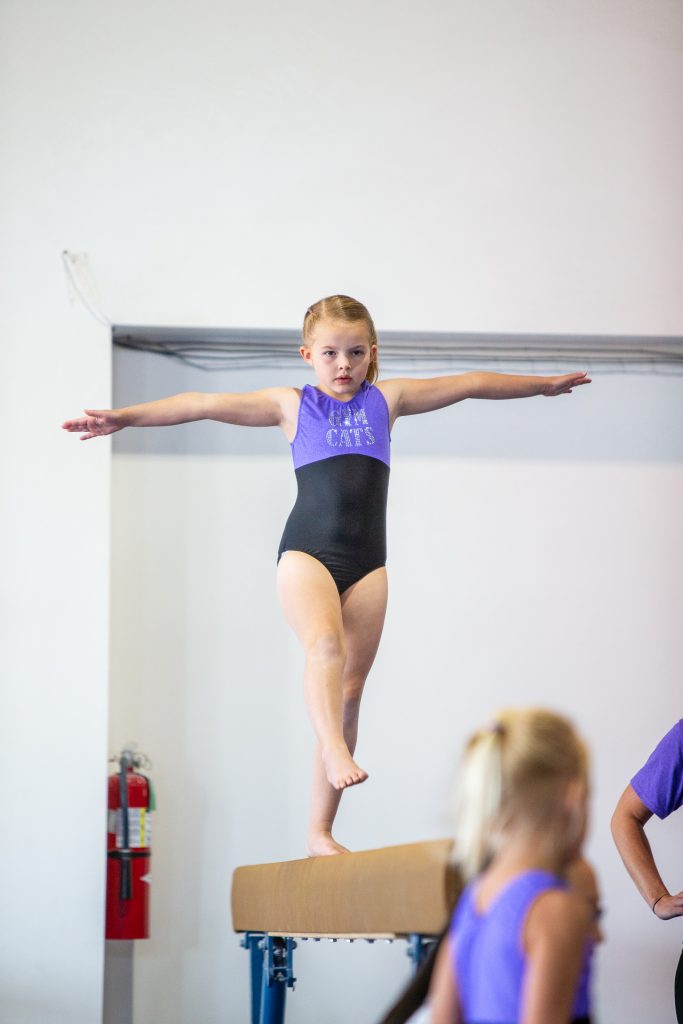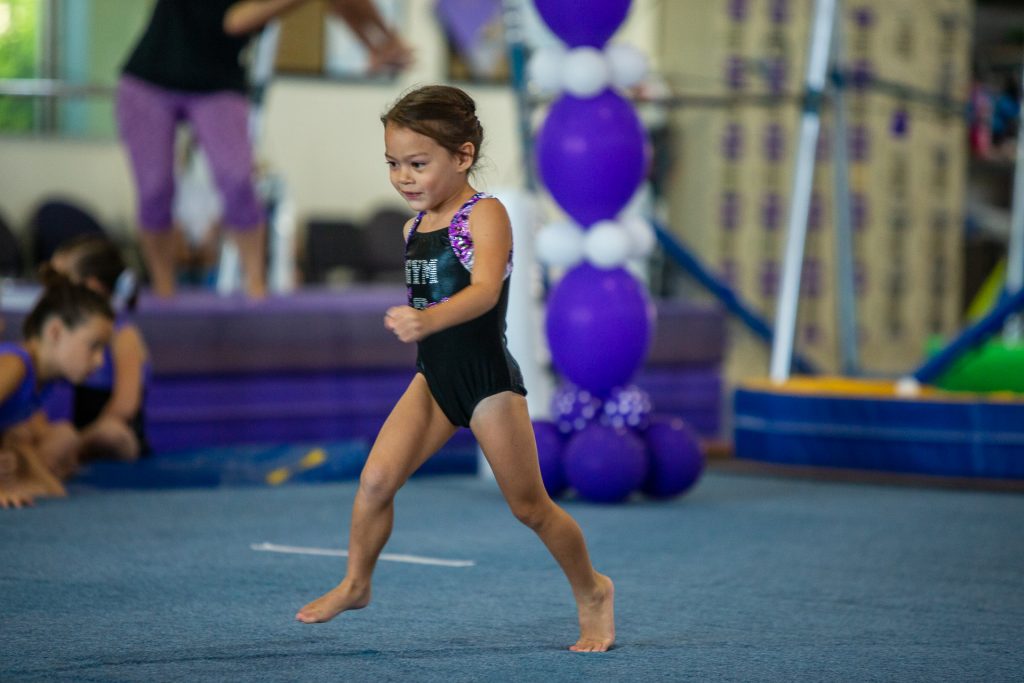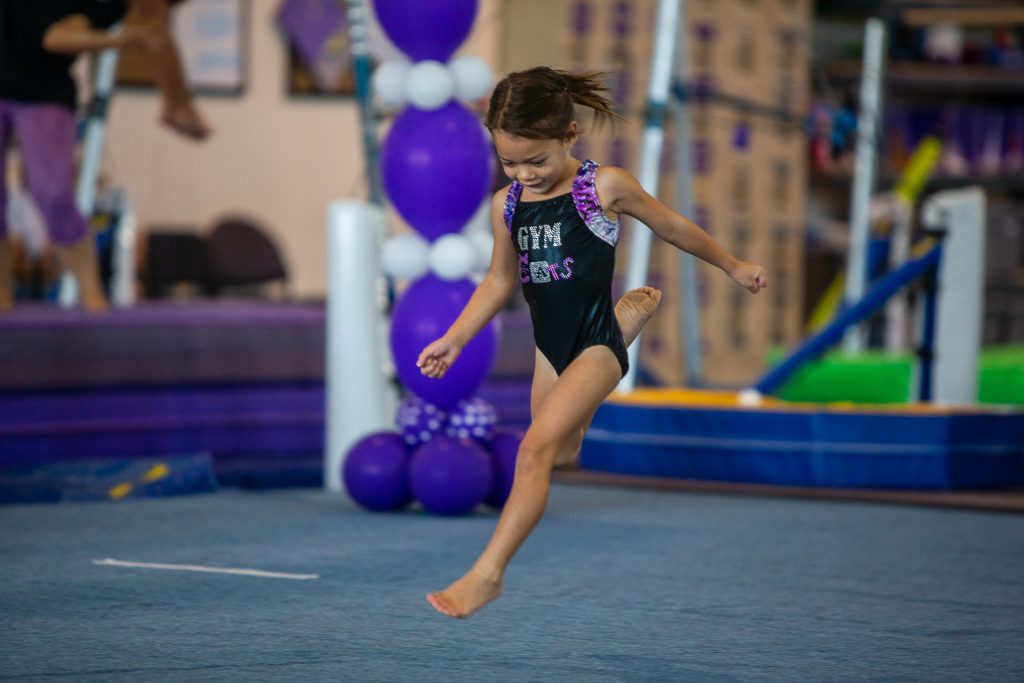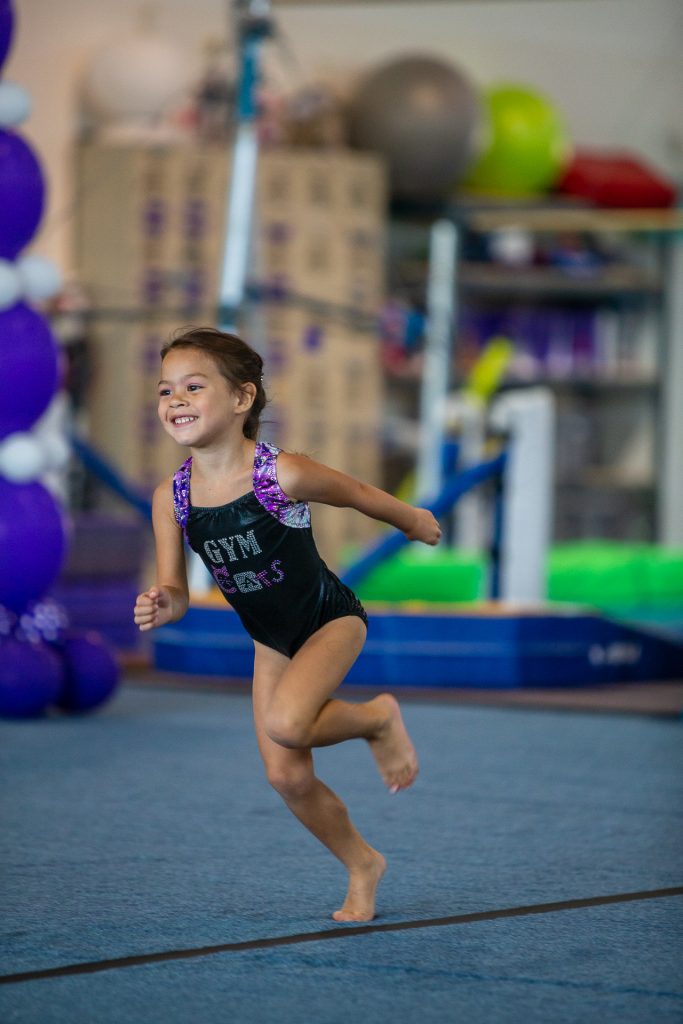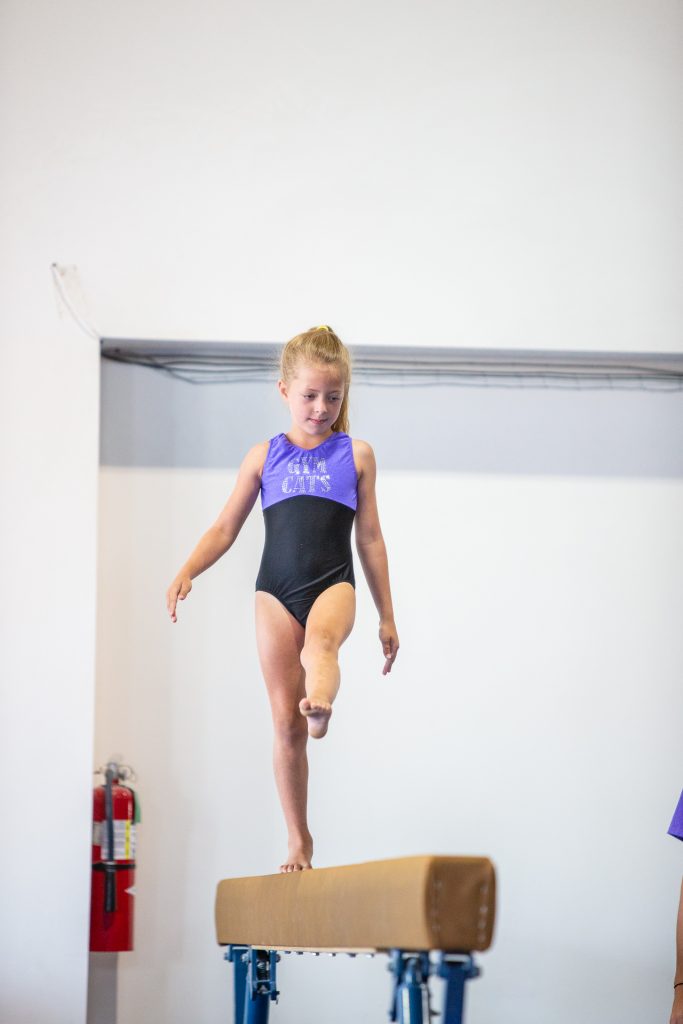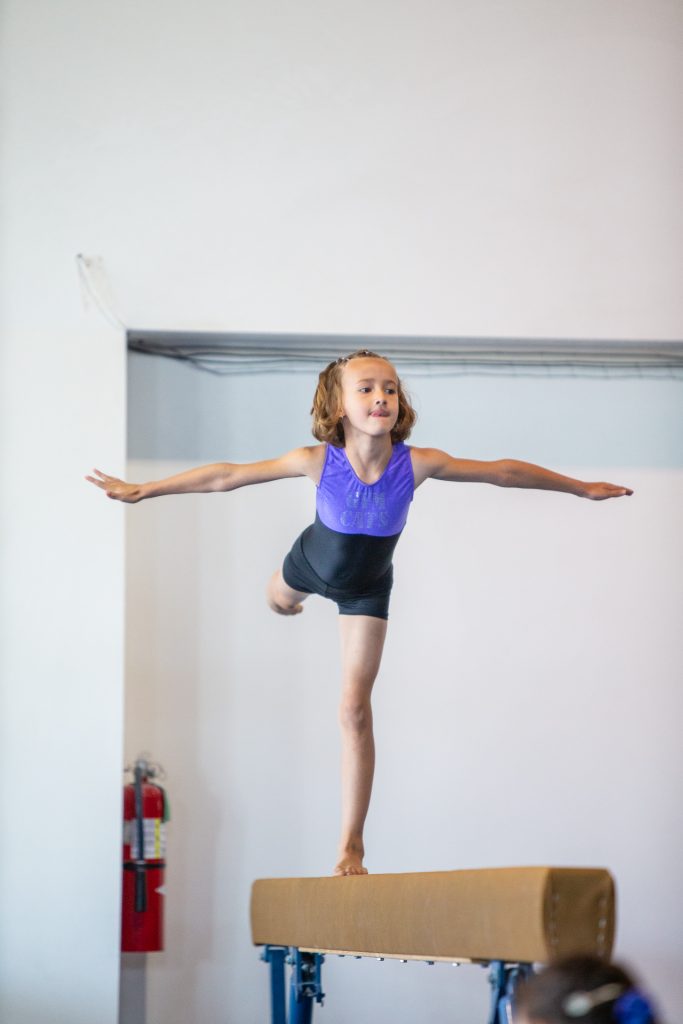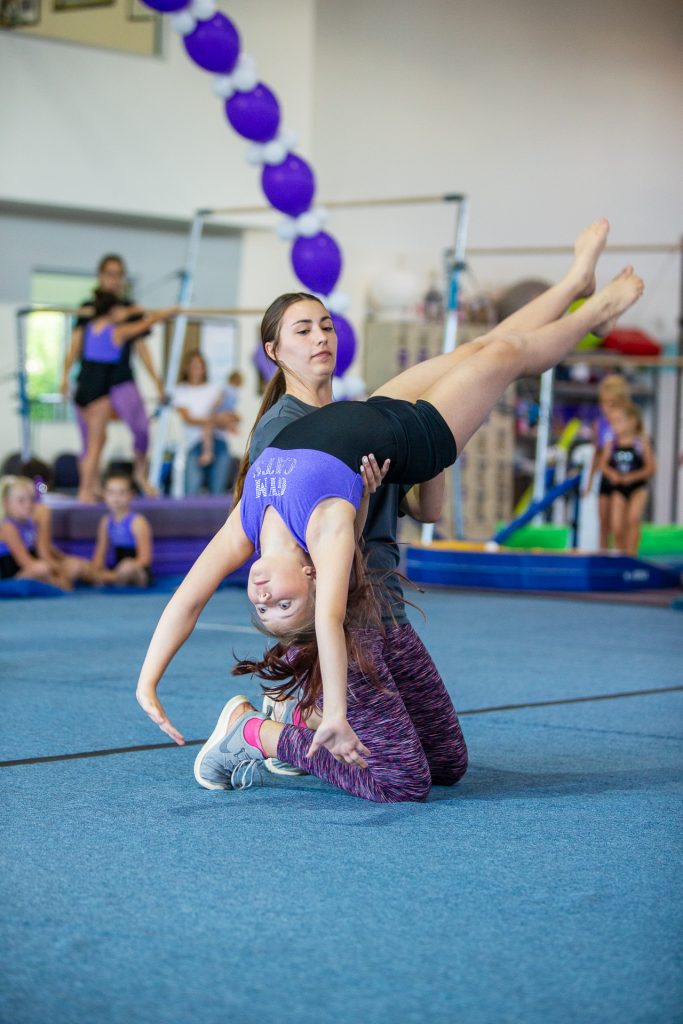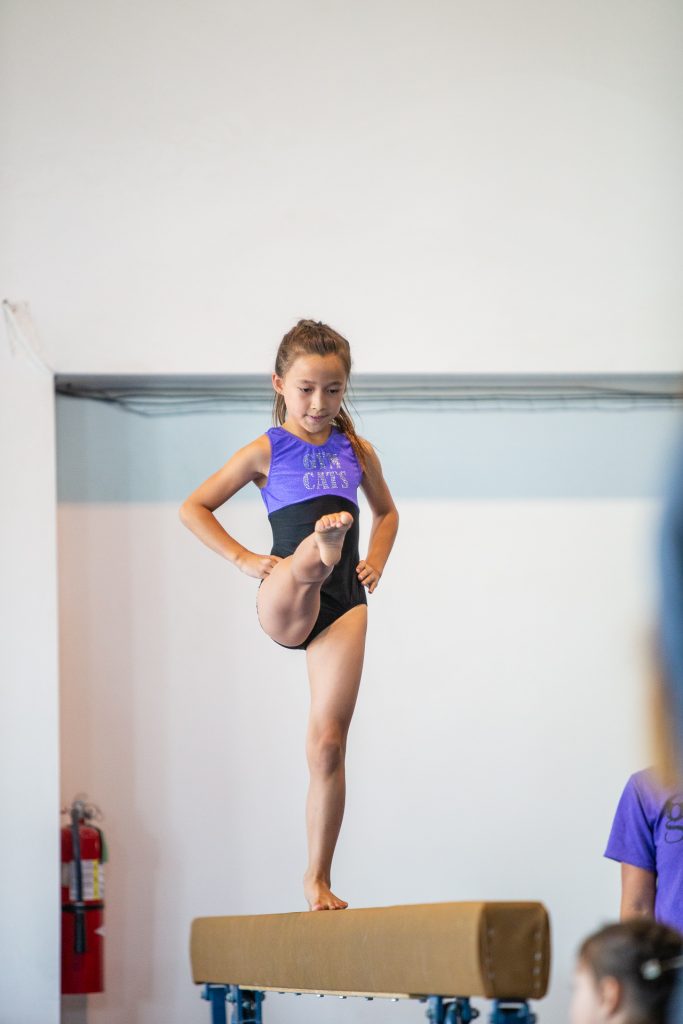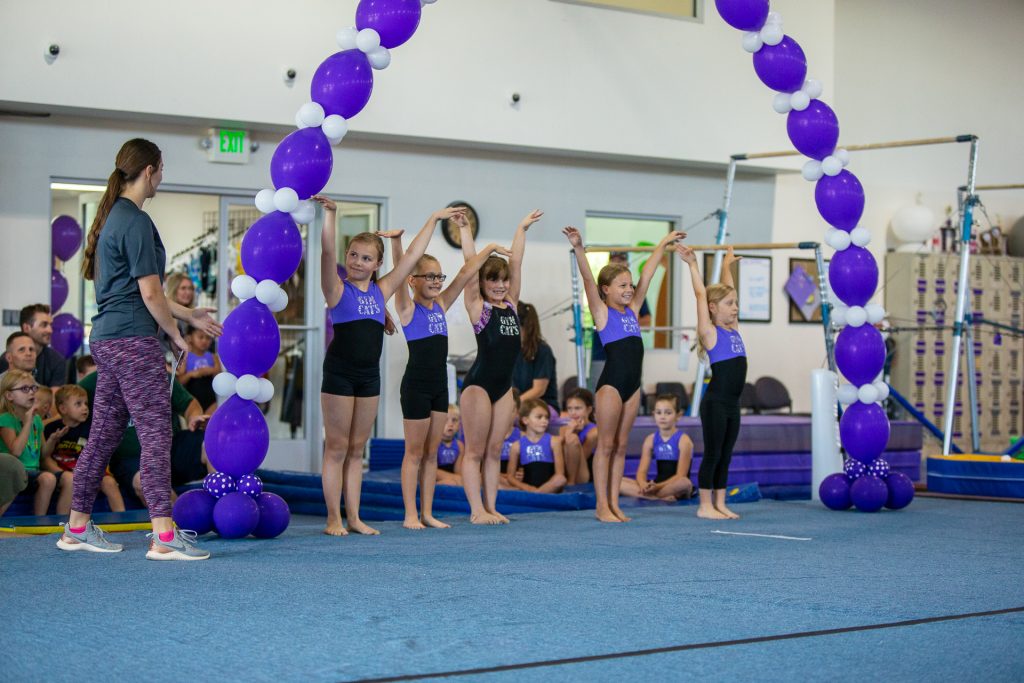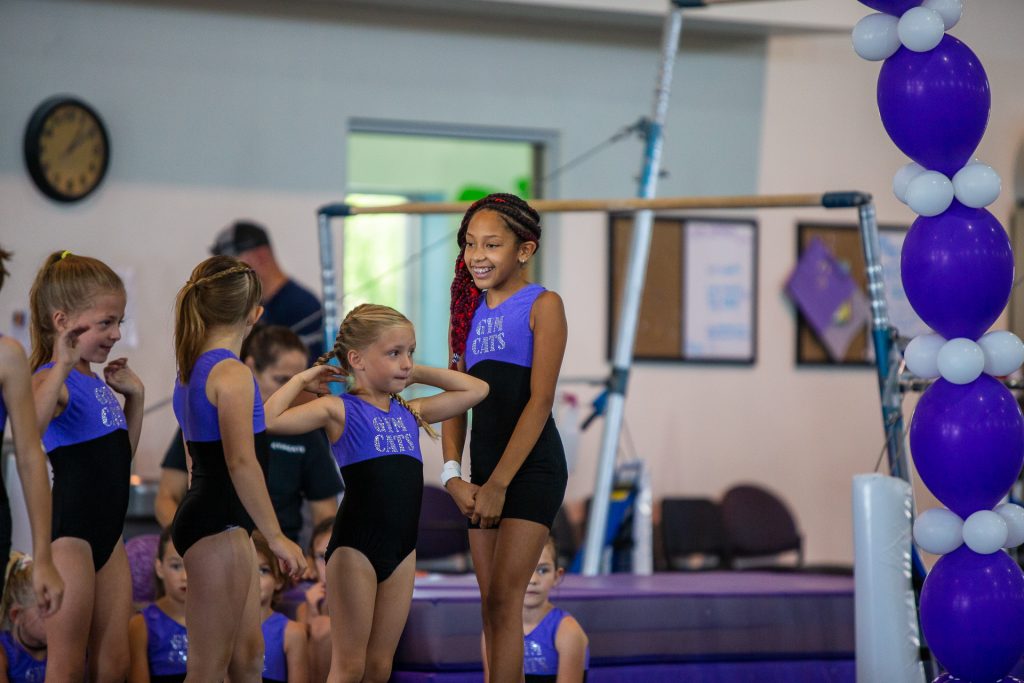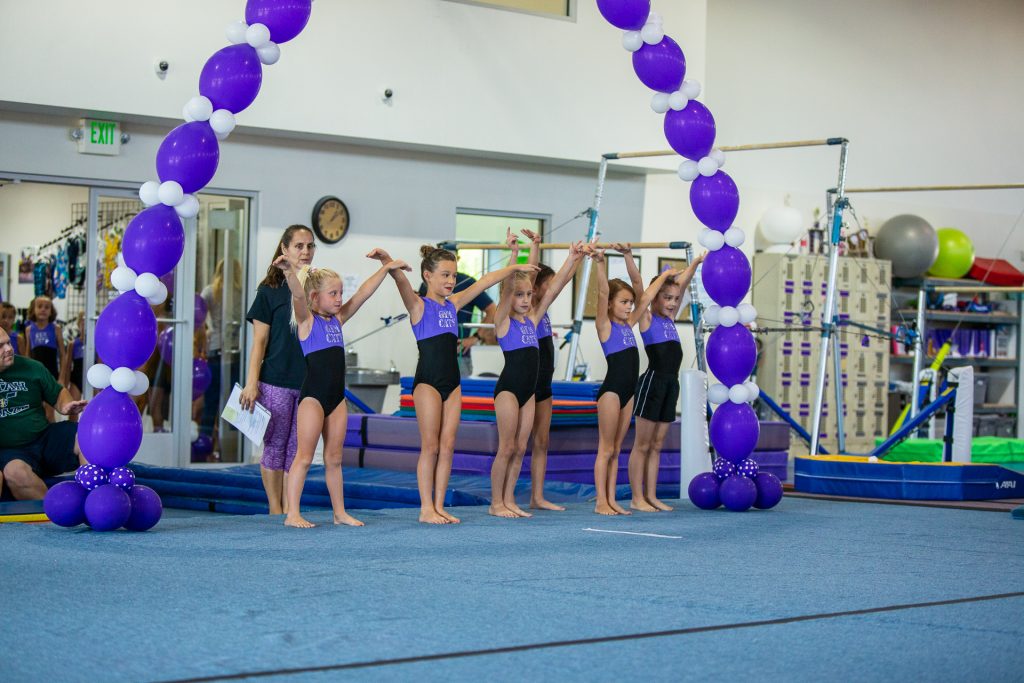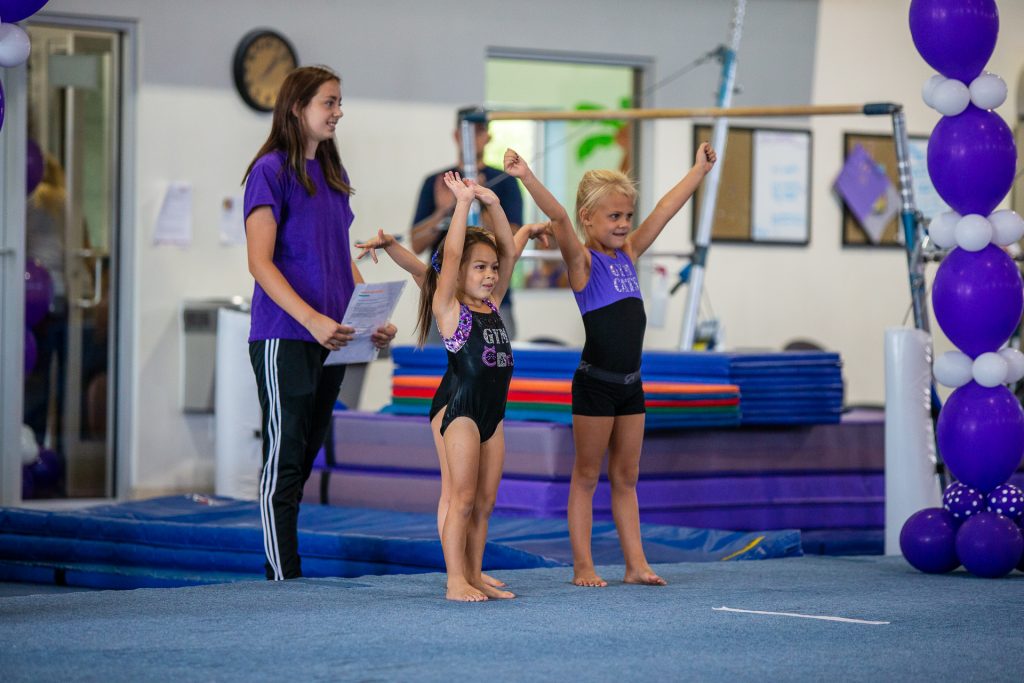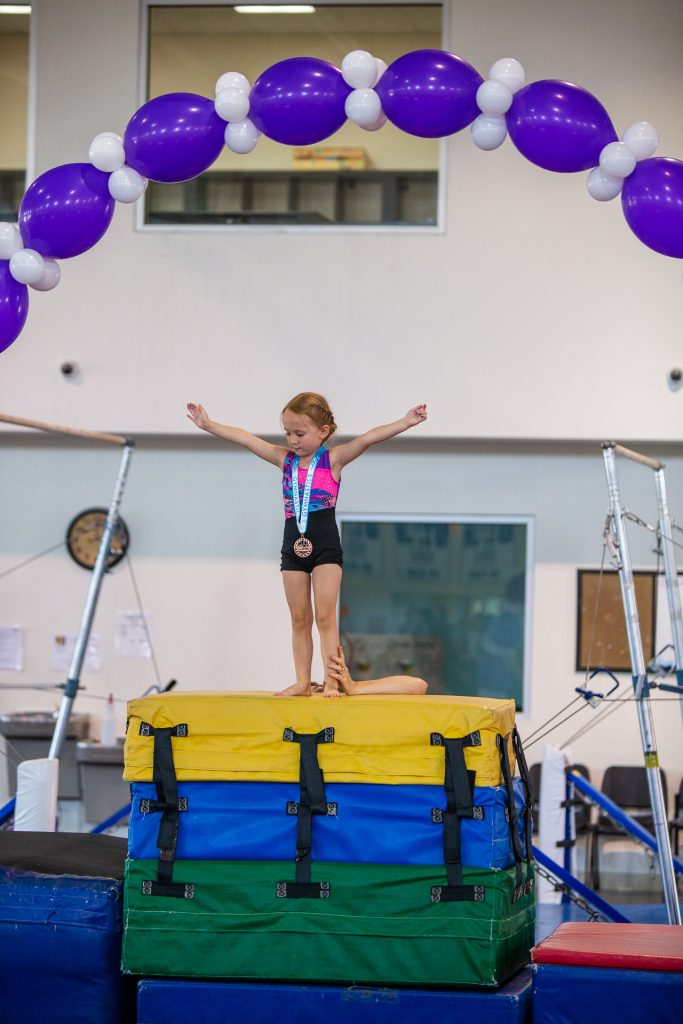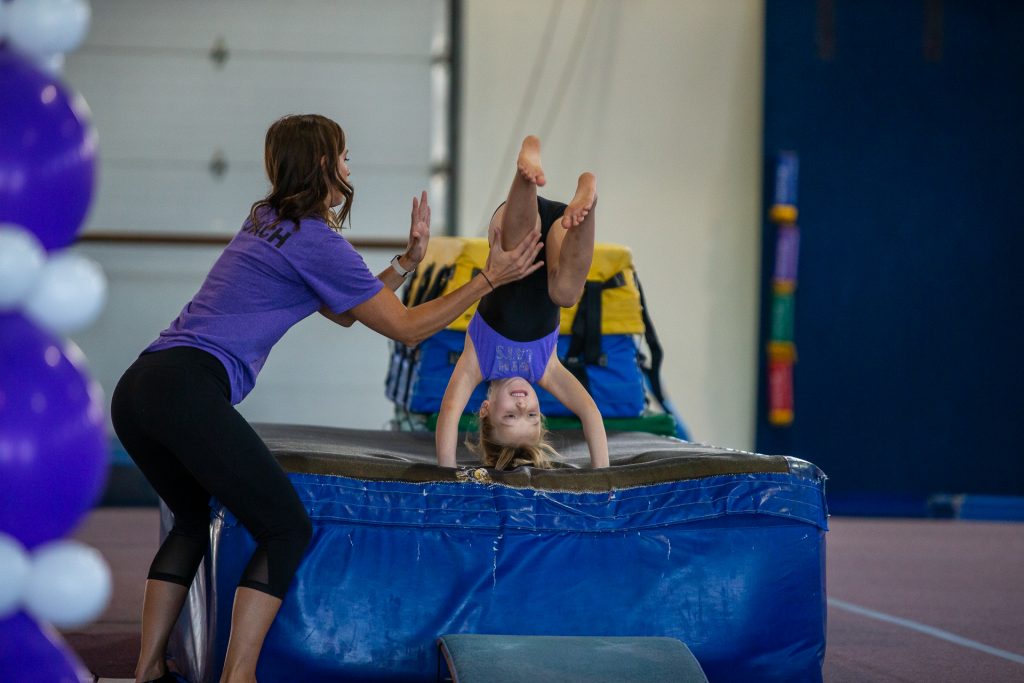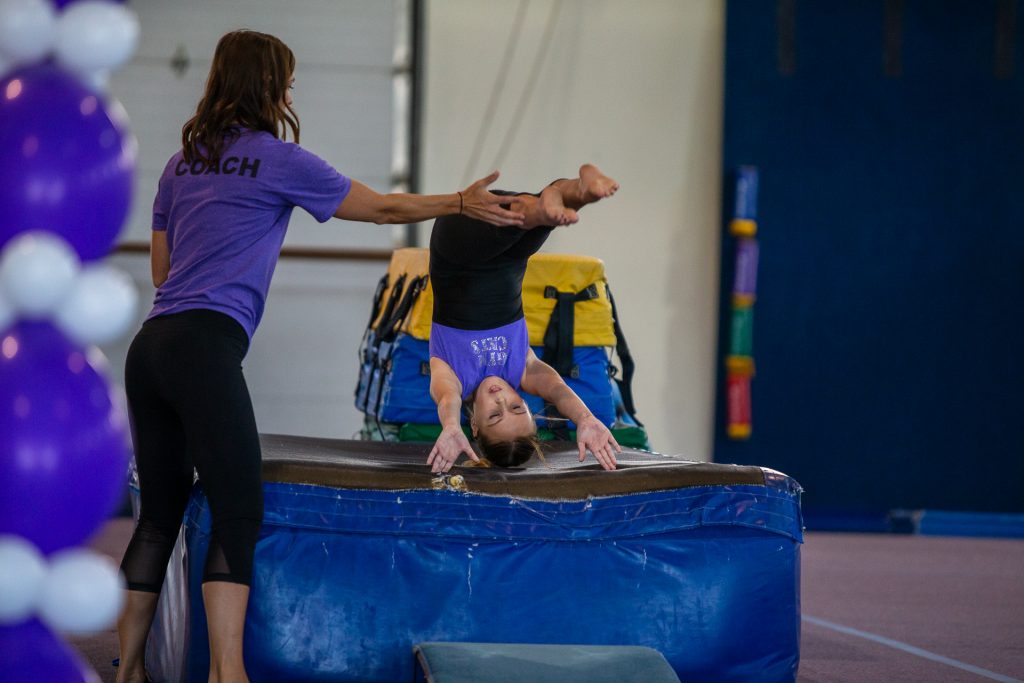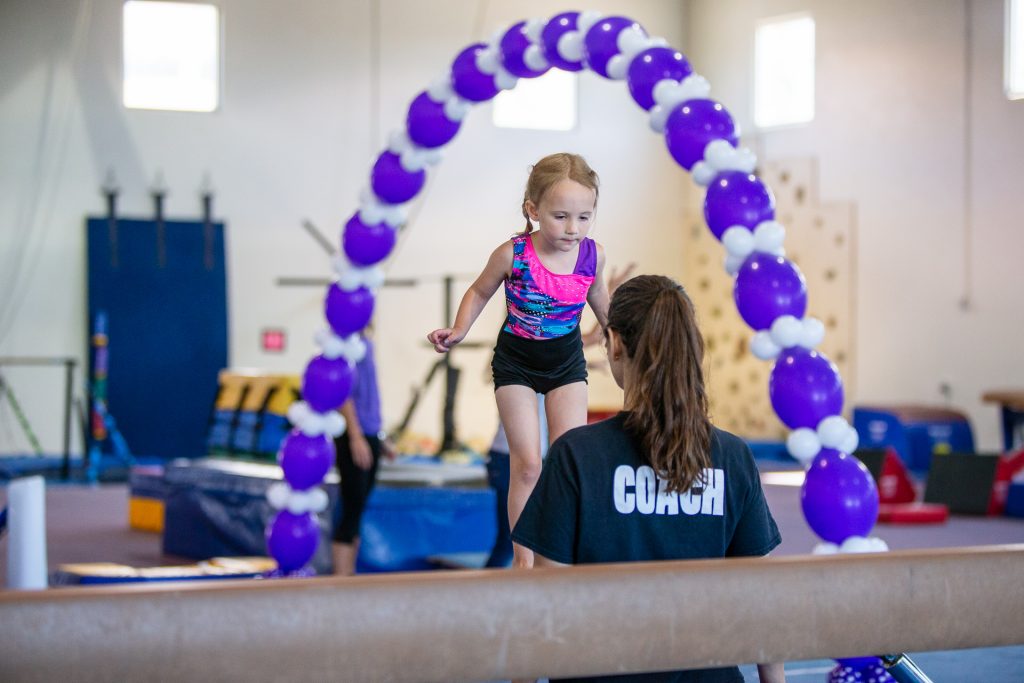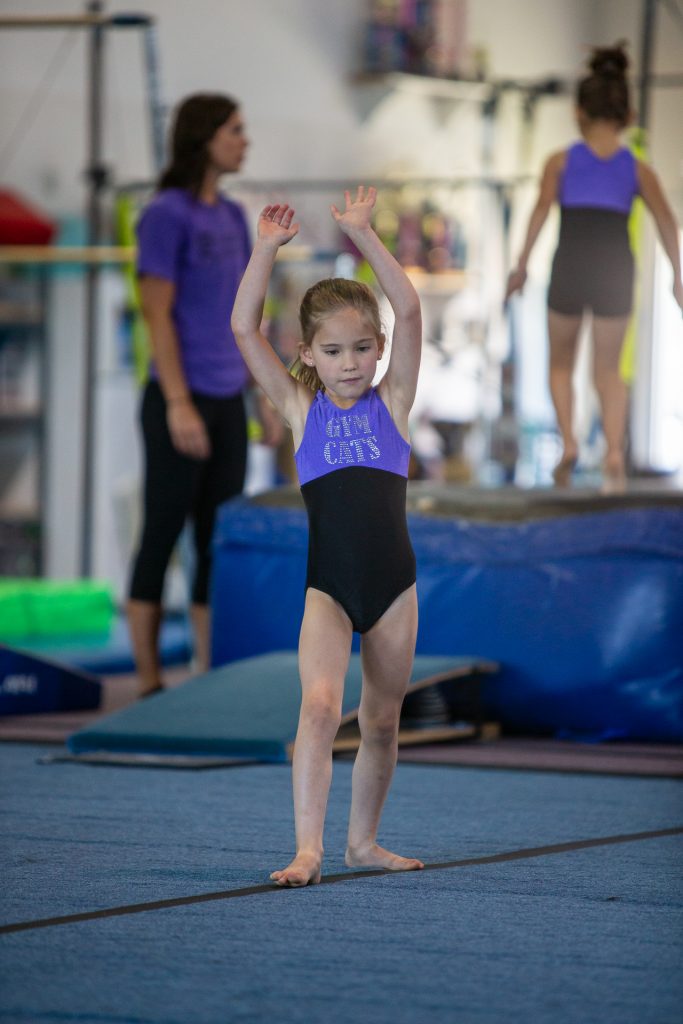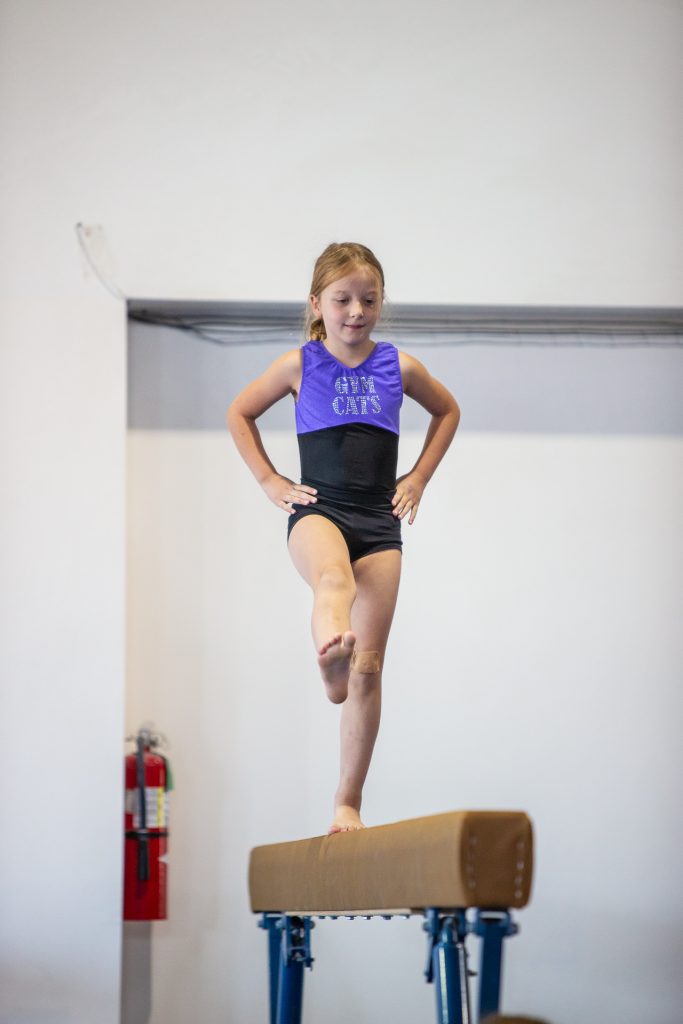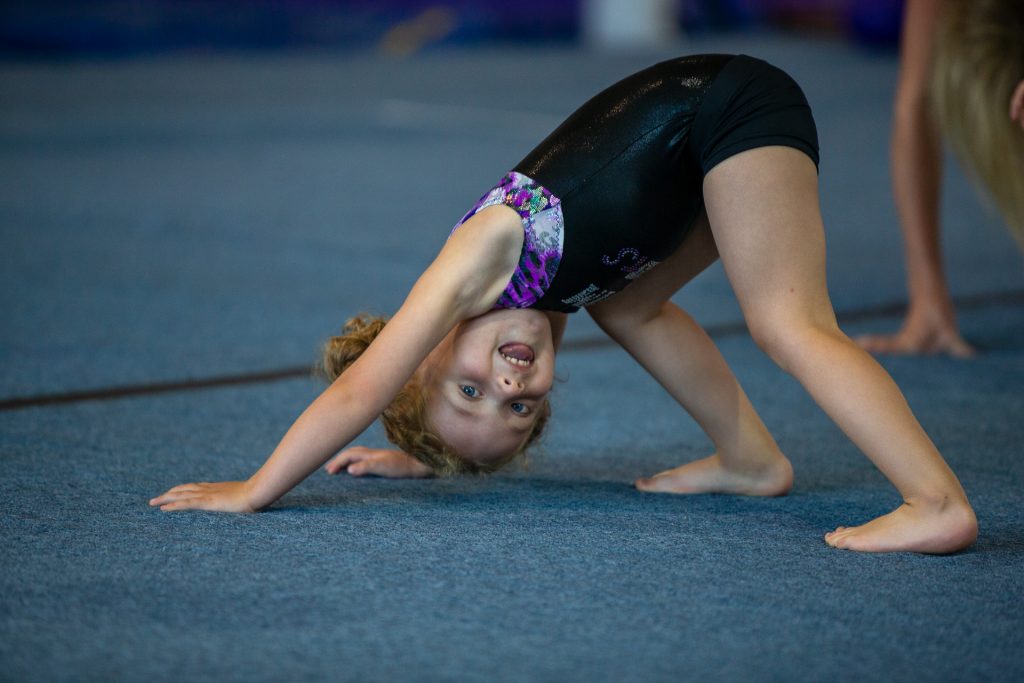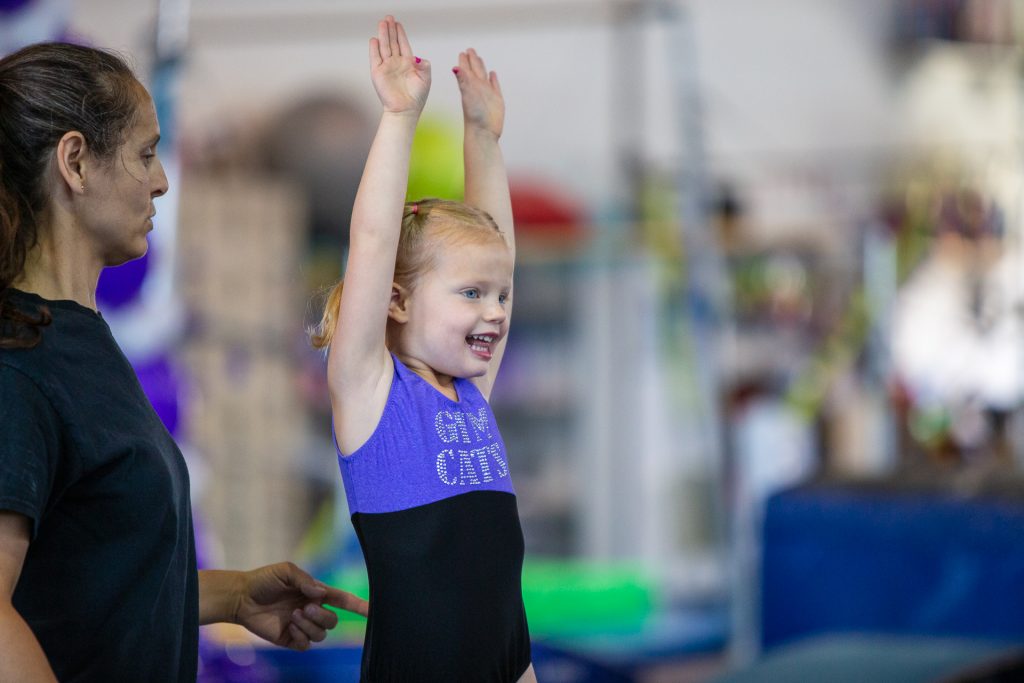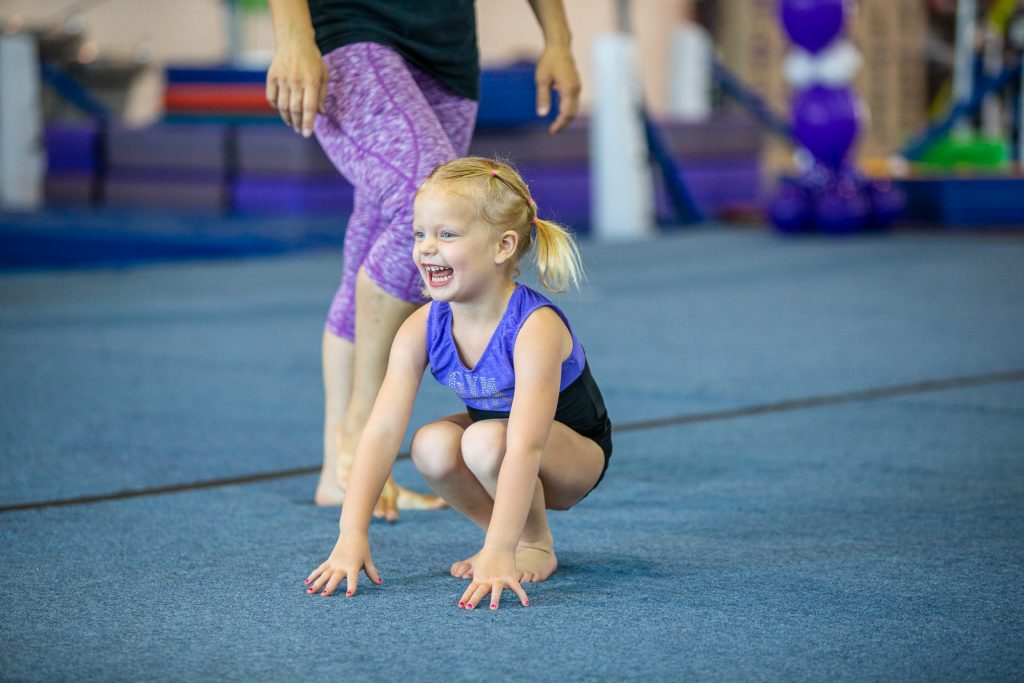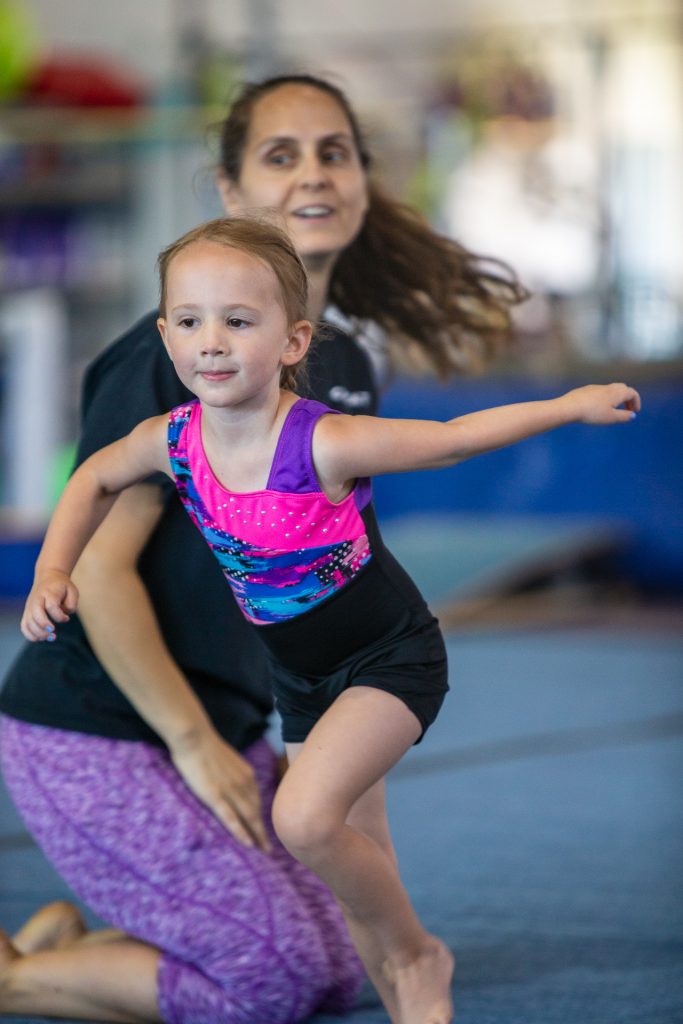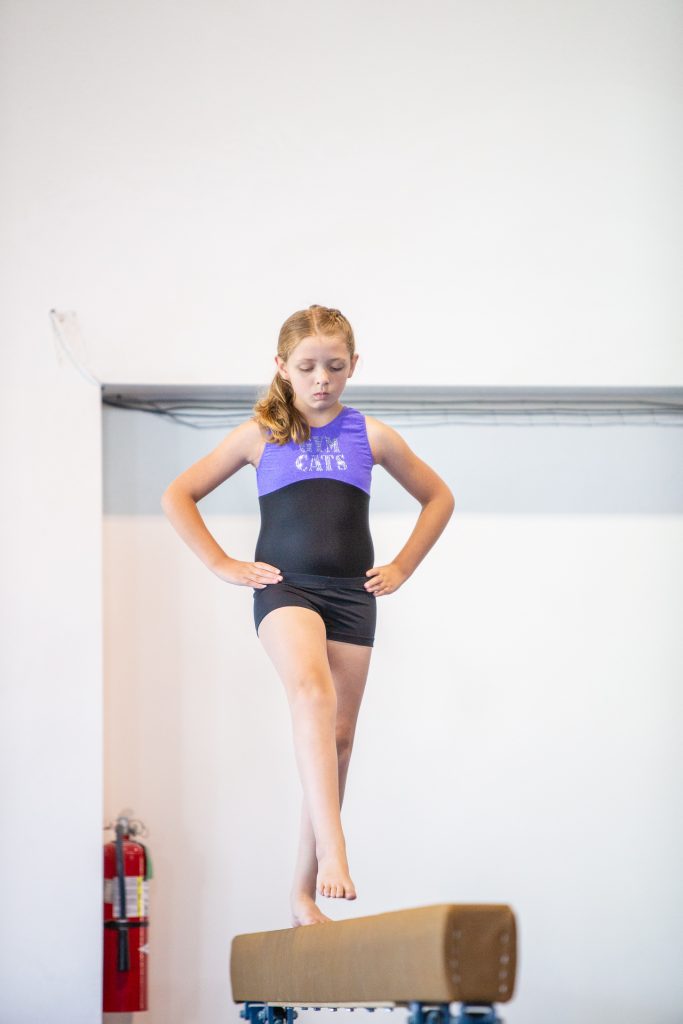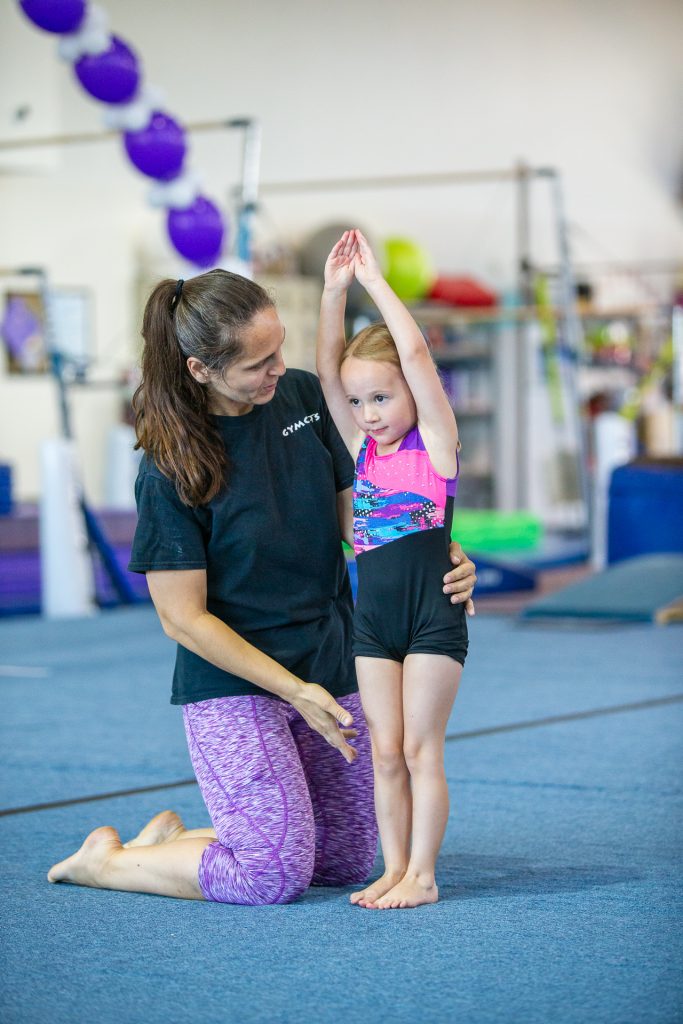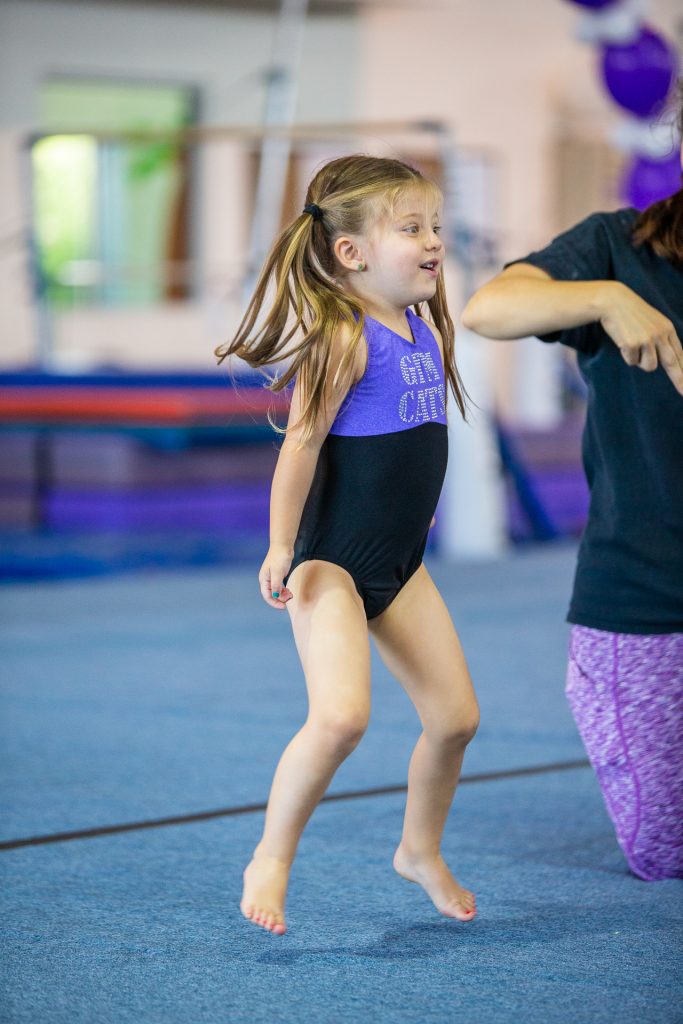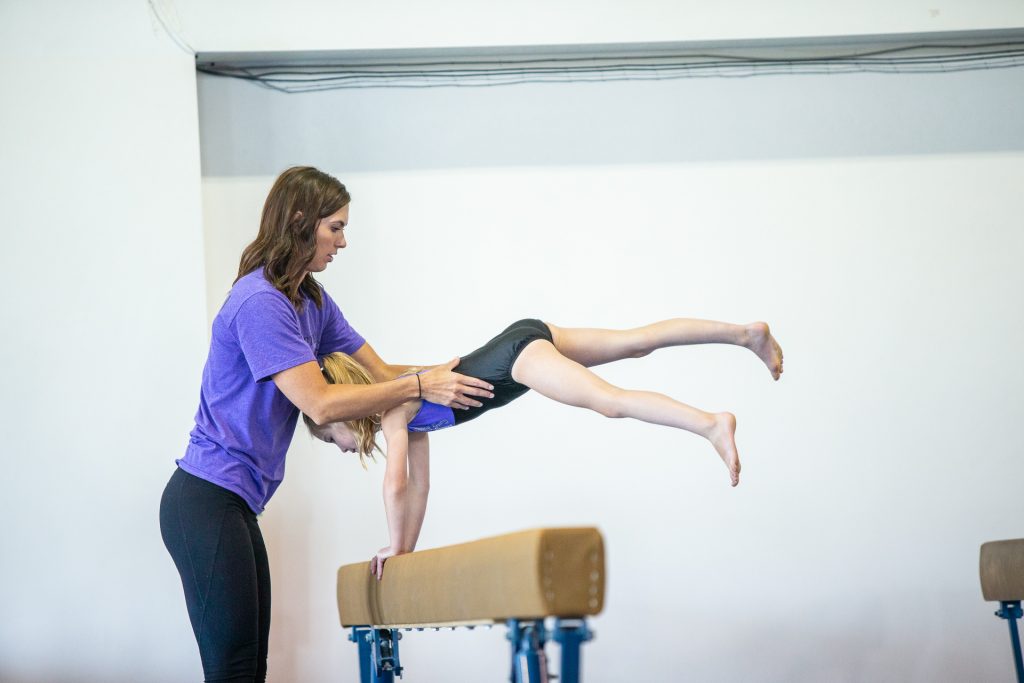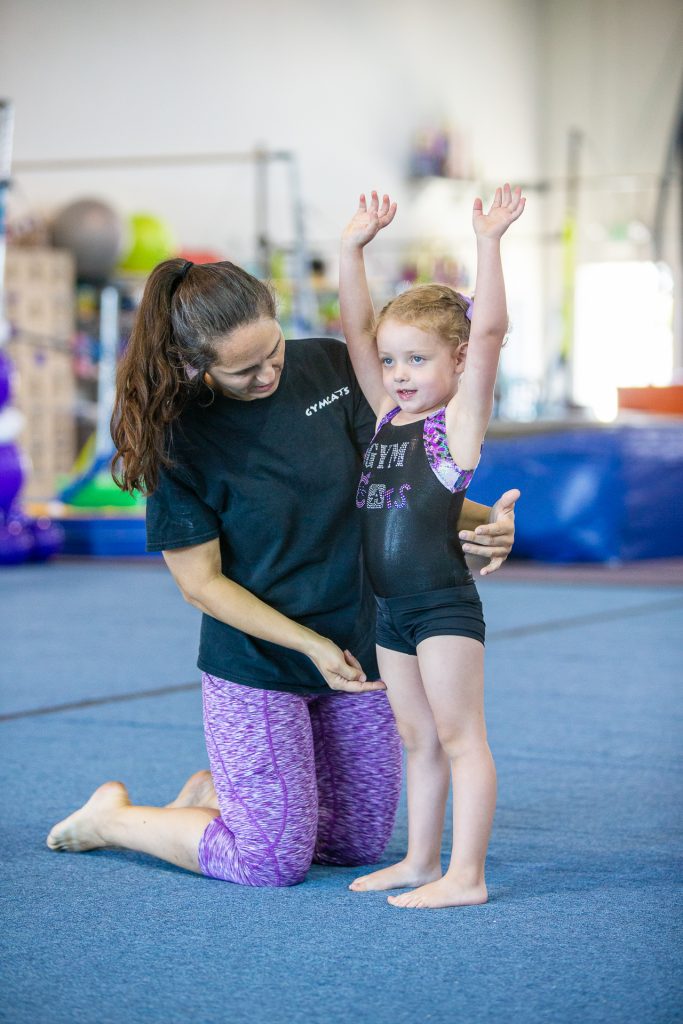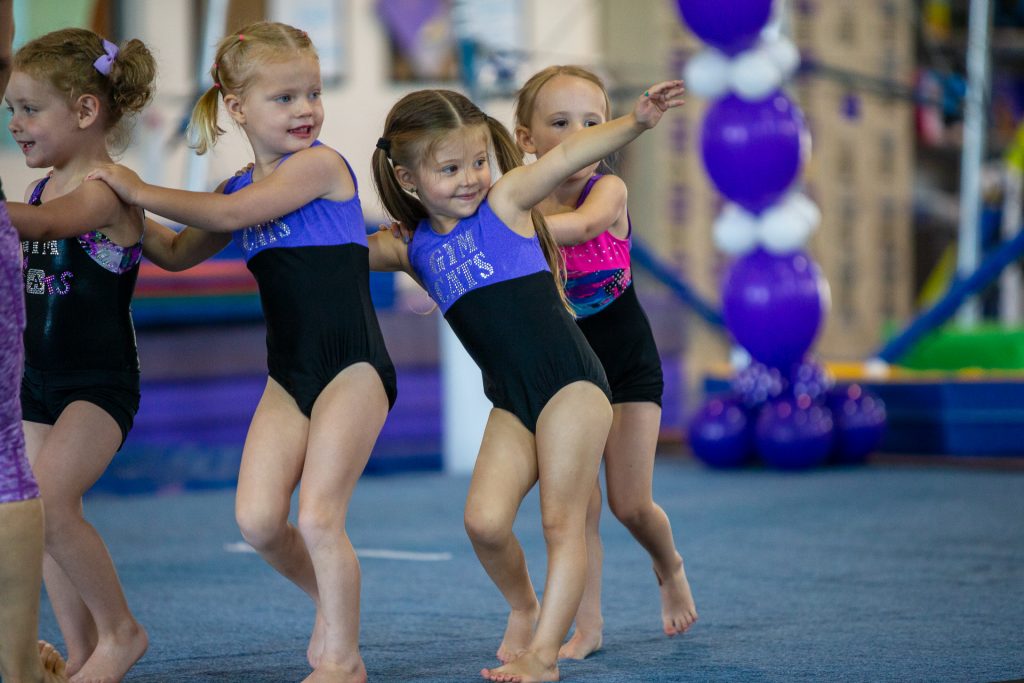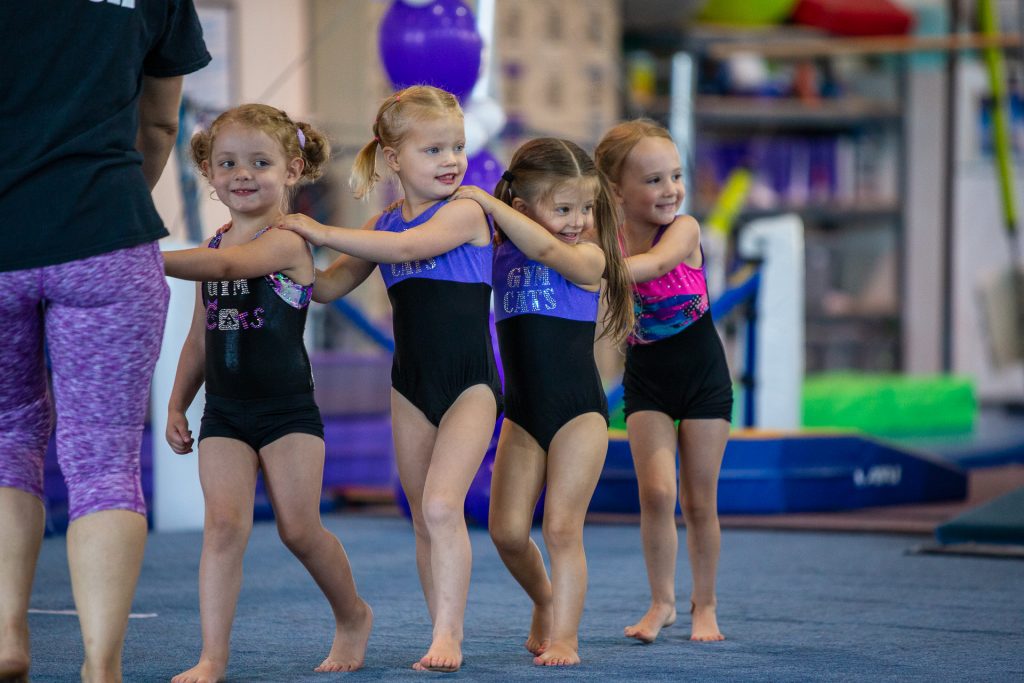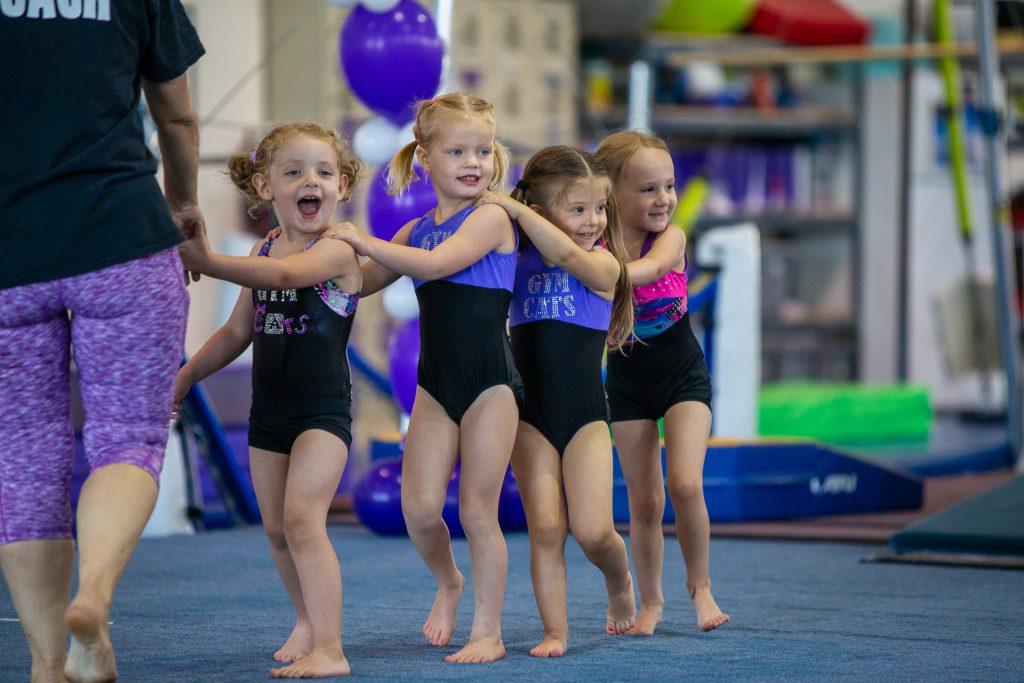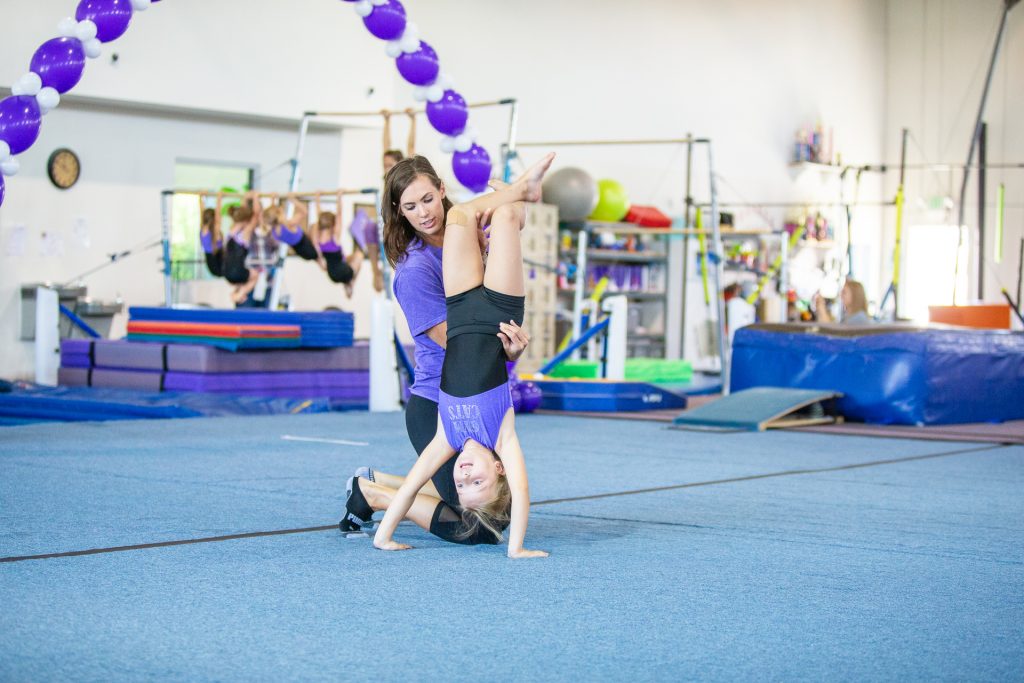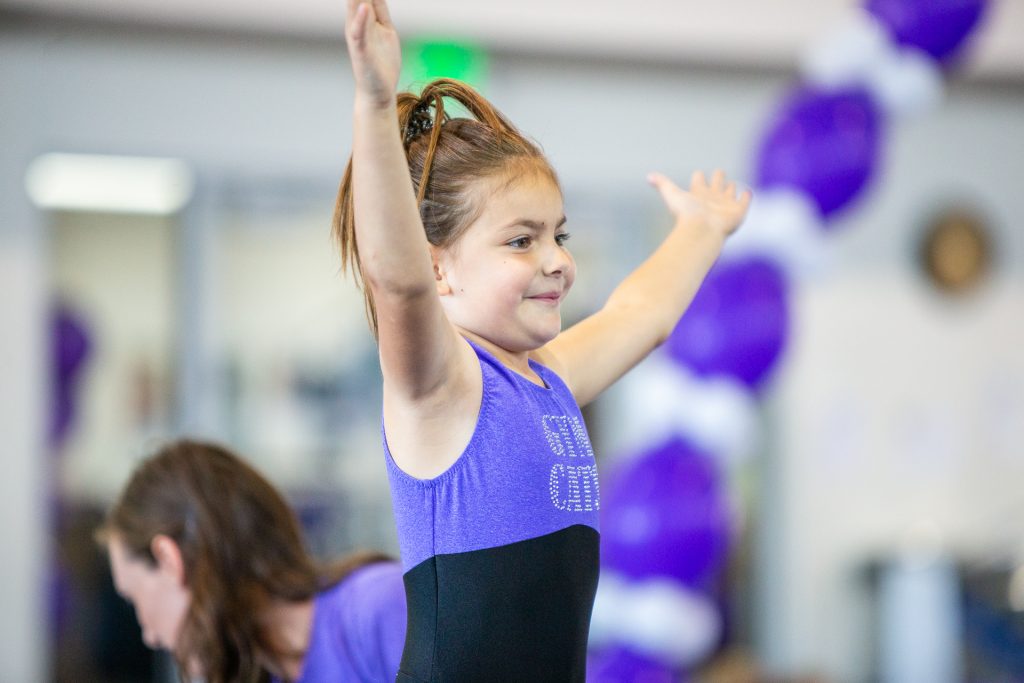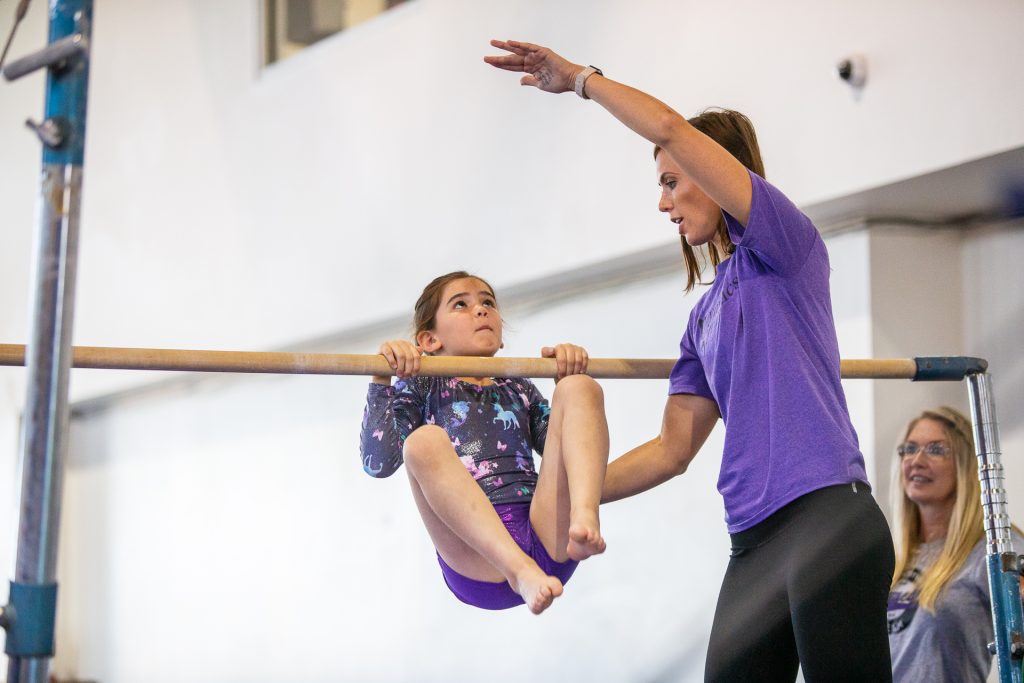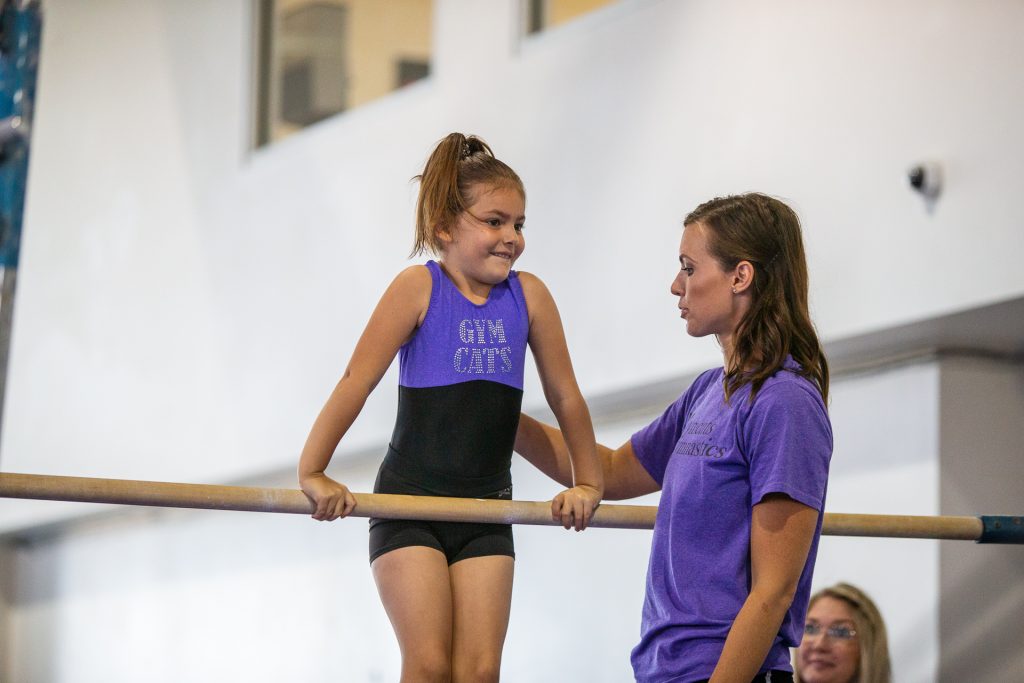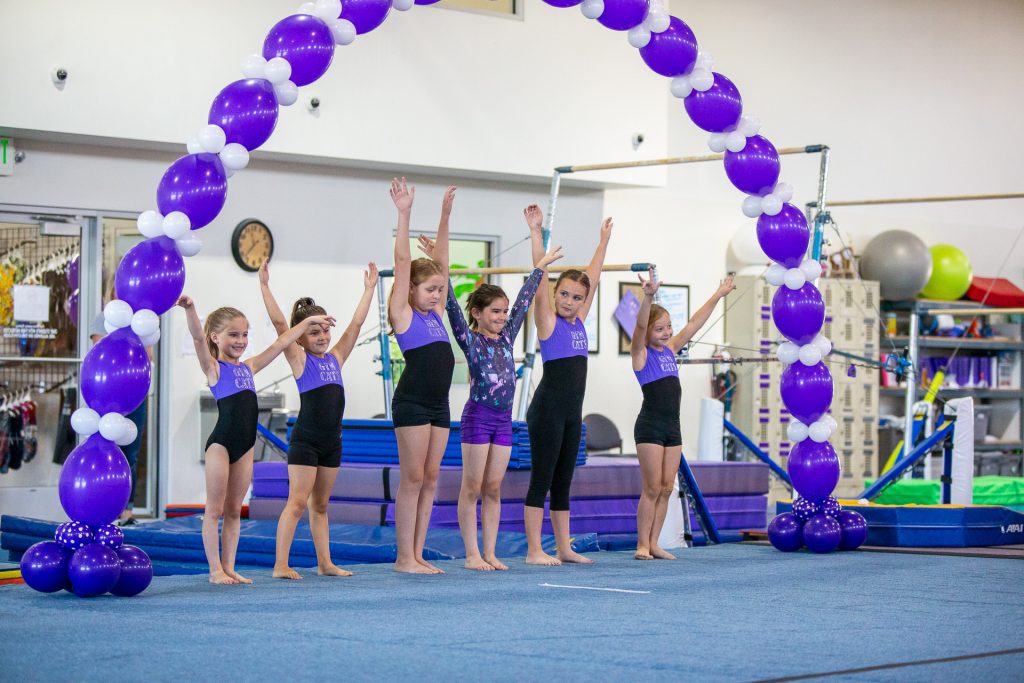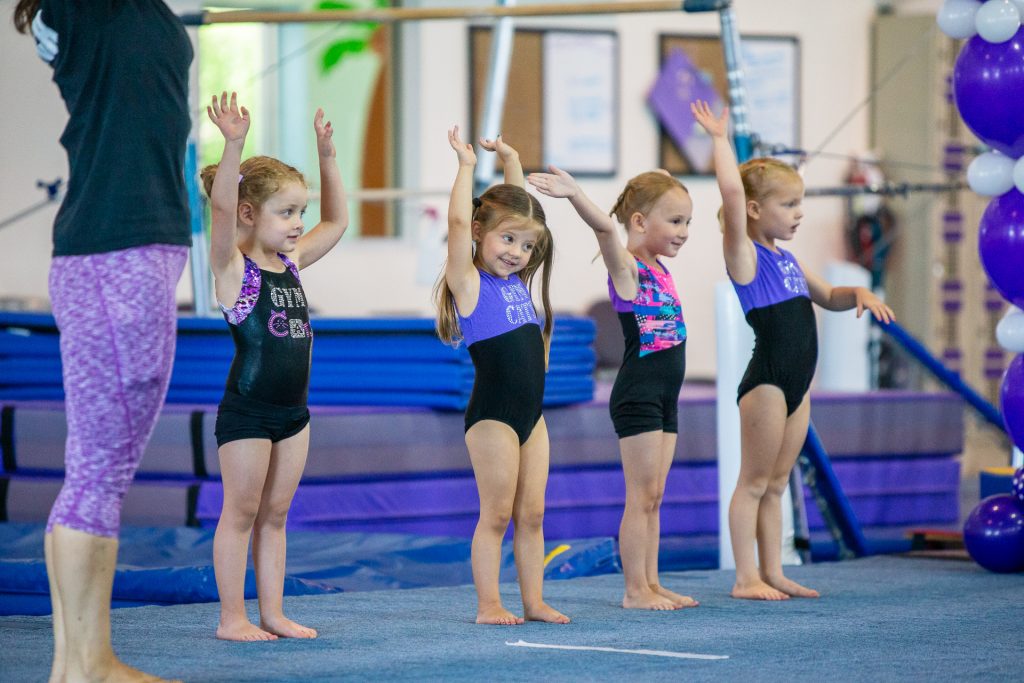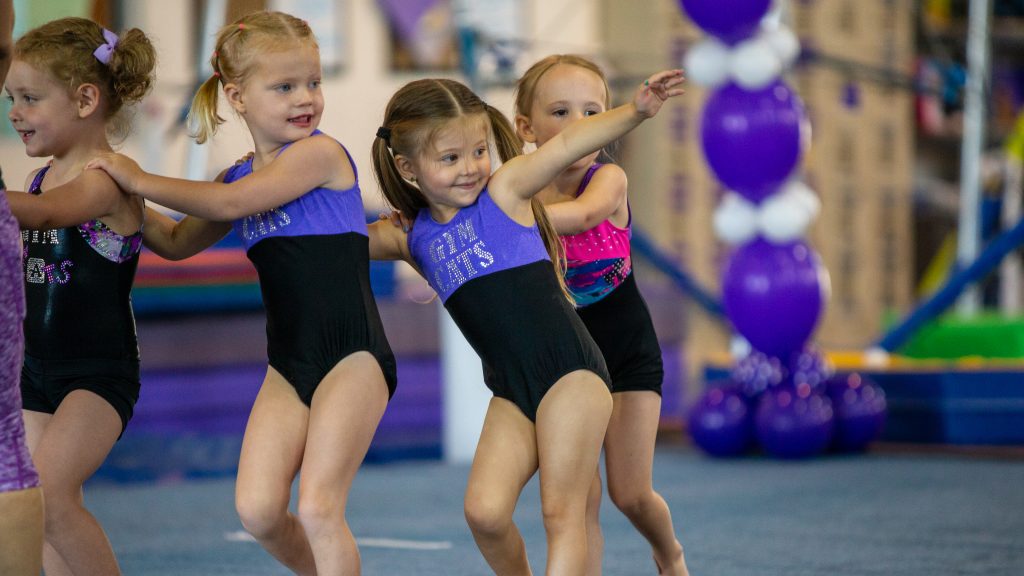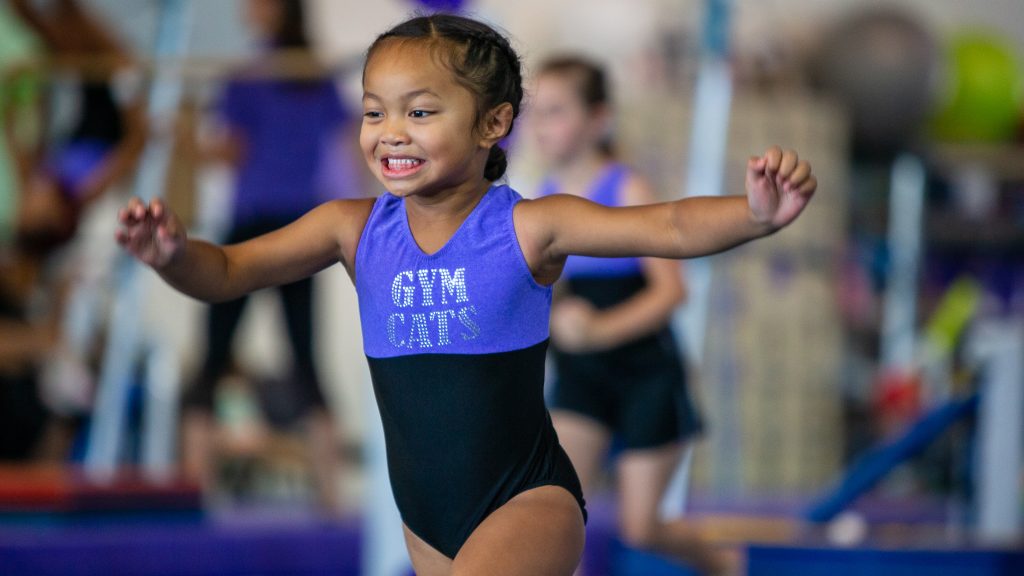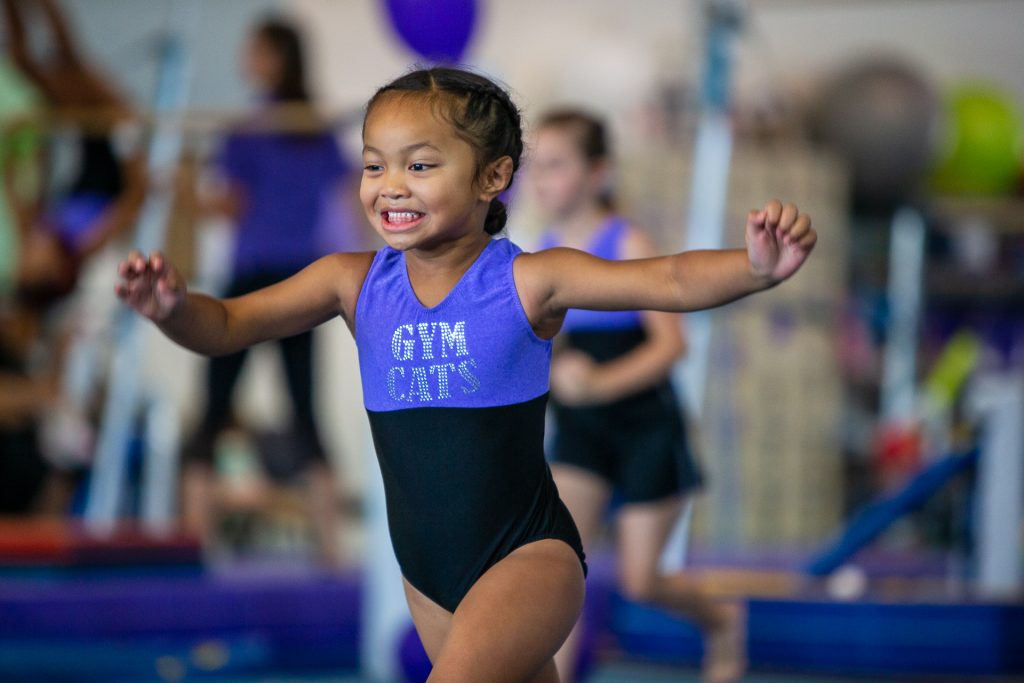Zig Ziglar once said, “If you aim at nothing, you will hit it every time.” And each of us knows from our own experience that he is right. The general flow of human life tends to be toward ease and comfort. One day flows into the next, and many of us never quite get around to turning our good intentions into reality.
Those ‘good intentions,’ while no doubt admirable, tend to remain unrealized mainly because they are too vague. Vague ideas are impossible to focus on and aim for; they are moving targets.
Do you have moving targets in your life? Perhaps you want to eat a more healthy diet or lose the winter weight that has crept upon you. Maybe you just want to establish a regular workout routine and stick with it this time.
The keys to your success are two-fold: steady the target and create momentum.
How to stop a moving target
Imagine a target shooter trying to hit a small bull’s eye on a distant target. He begins to aim, but then the target suddenly moves to the right, and before he can position himself to aim again, the target darts to the left. Will he ever hit that target? Not likely.
Without setting specific goals, your good intentions are exactly like that moving target. You would like to lose some weight, feel a little better, make a change in your diet–but without clearly defined goals and methods, you can’t focus and make it happen.
The way to steady the target so you can finally hit the bull’s eye is to define your goals and write them down:
- How much weight do you want to lose?
- What kind of changes do you want to make in your diet?
- How many days per week do you want to exercise?
- Which article of clothing do you wish would fit your body again?
- How much weight would you like to lift while strength training?
Once you know where you want to end up, you are much more likely to get there.
But you have to start moving toward your goals. That is where momentum comes in.
Create momentum to reach your goals
In his book, Eat that Frog, Brian Tracy discusses the Momentum Principle of Success. In Tracy’s words:
“This principle says that although it may take tremendous amounts of energy to overcome inertia and get started initially, it then takes far less energy to keep going.”1
There is much wisdom in his words. Sometimes, the hardest part of reaching a goal is just getting started. That first day of doing things differently or the first experience of bypassing an unhealthy treat in favor of a food that will give you more energy can be daunting. It isn’t easy and it certainly isn’t fun.
So how do you get that momentum? How do you start moving? Accountability is the answer. Having someone else involved in your efforts can be the most important factor in your success.
It is hard to change lifelong habits on your own. You need radical motivation that comes from involving others in your efforts. Setting deadlines, making commitments and entering contests all provide an external motivation that will carry you through even the toughest temptations.
And once you get started, you will find that the momentum principle kicks in and it becomes easier and easier to keep going.
Start NOW
You can make that moving target come to a screeching halt and blast the bull’s eye right out of it by taking a few minutes to write down what you want. Don’t make it your goals too broad; be specific. And then begin brainstorming ways to get others involved with you; that will provide your momentum. Success is within your reach. You can do this!
Source:
1Tracy, Brian (2007-01-01). Eat That Frog!: 21 Great Ways to Stop Procrastinating and Get More Done in Less Time (p. 107). Berrett-Koehler Publishers. Kindle Edition.
